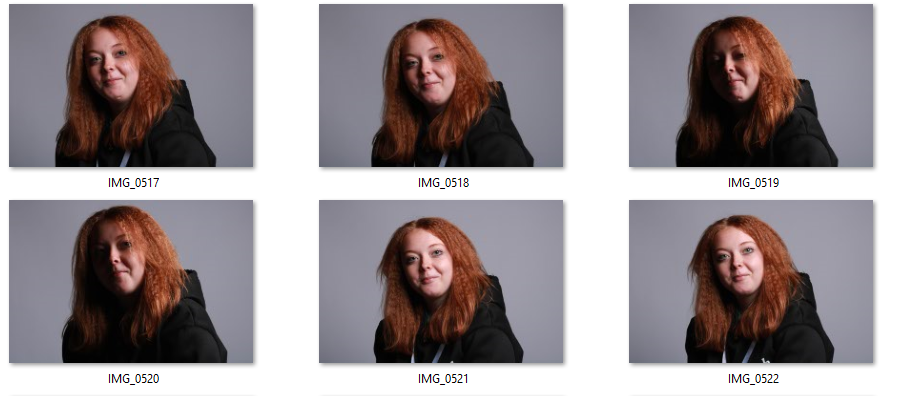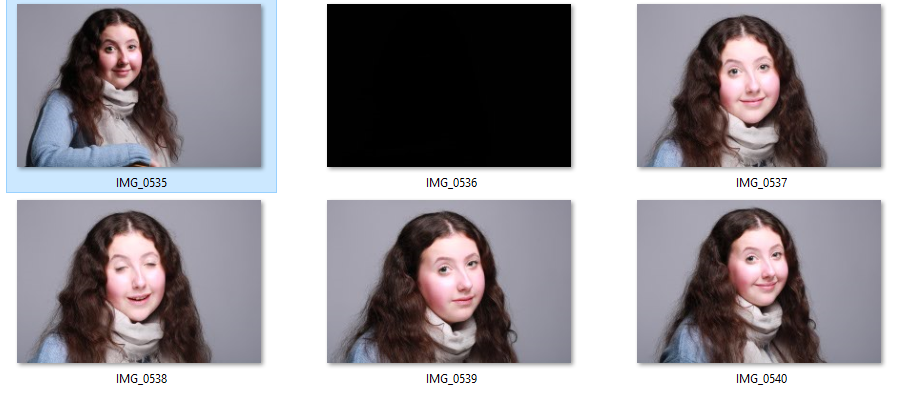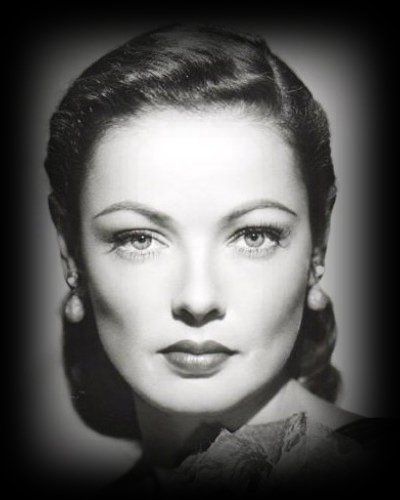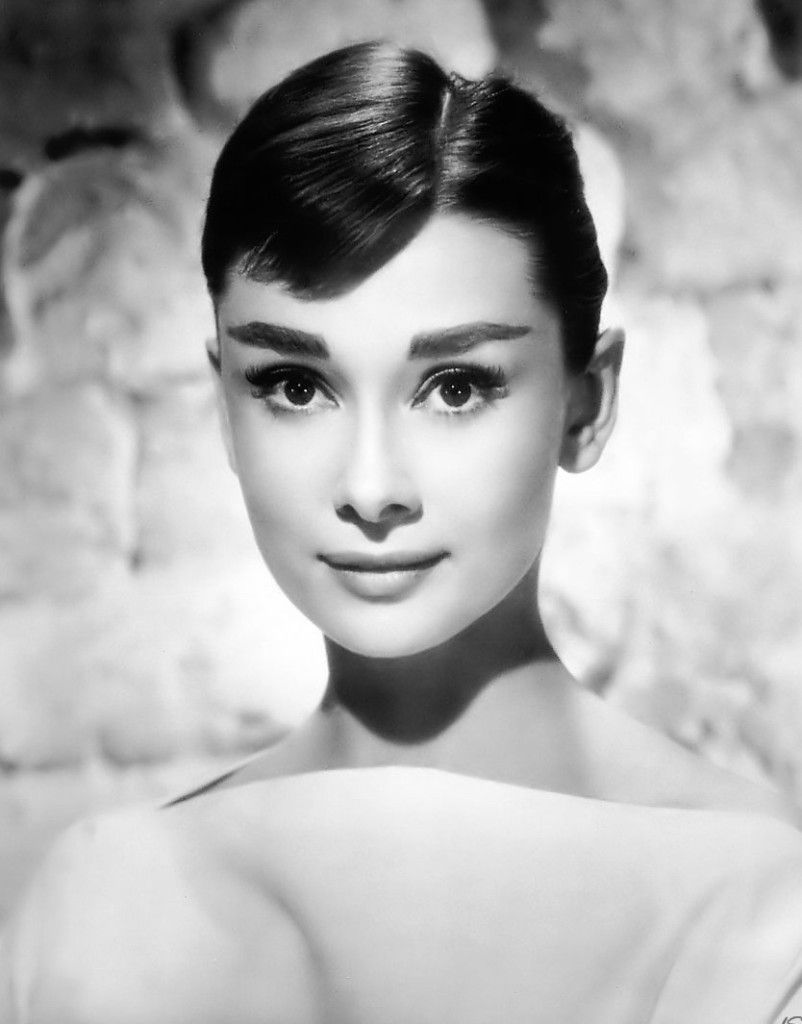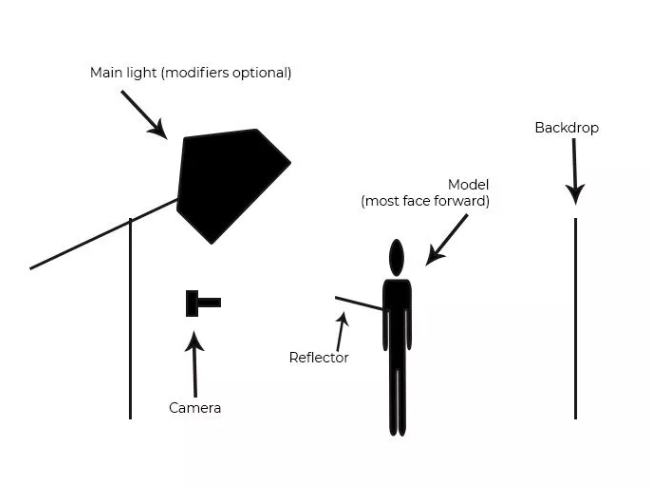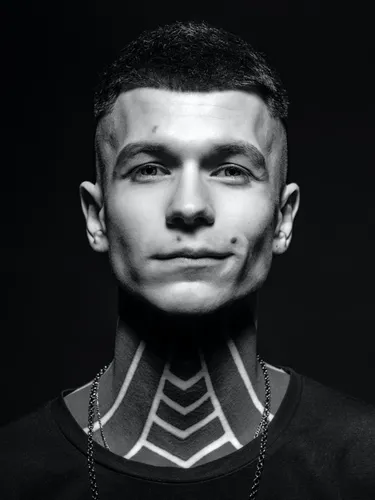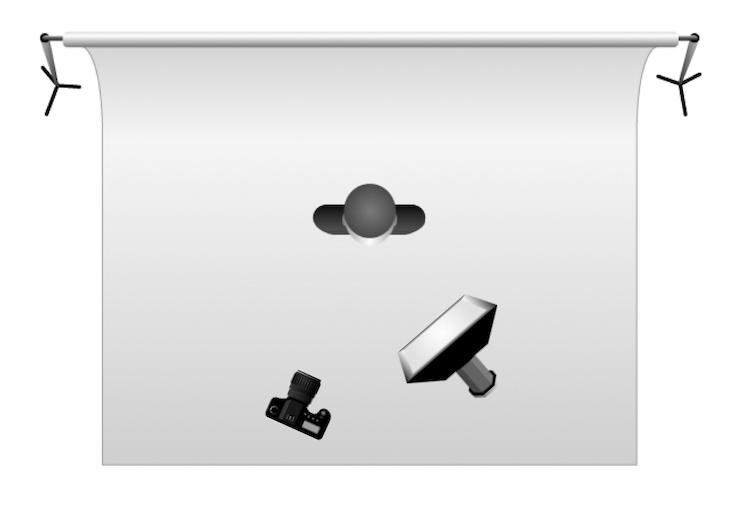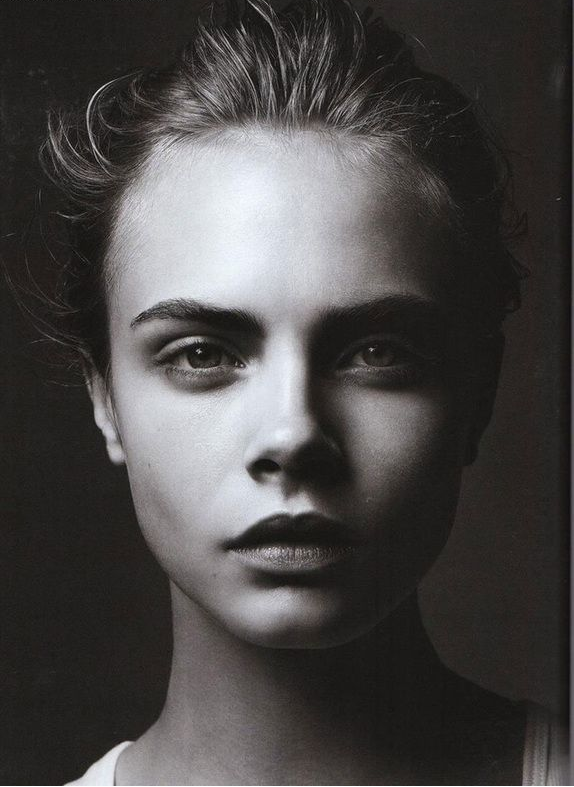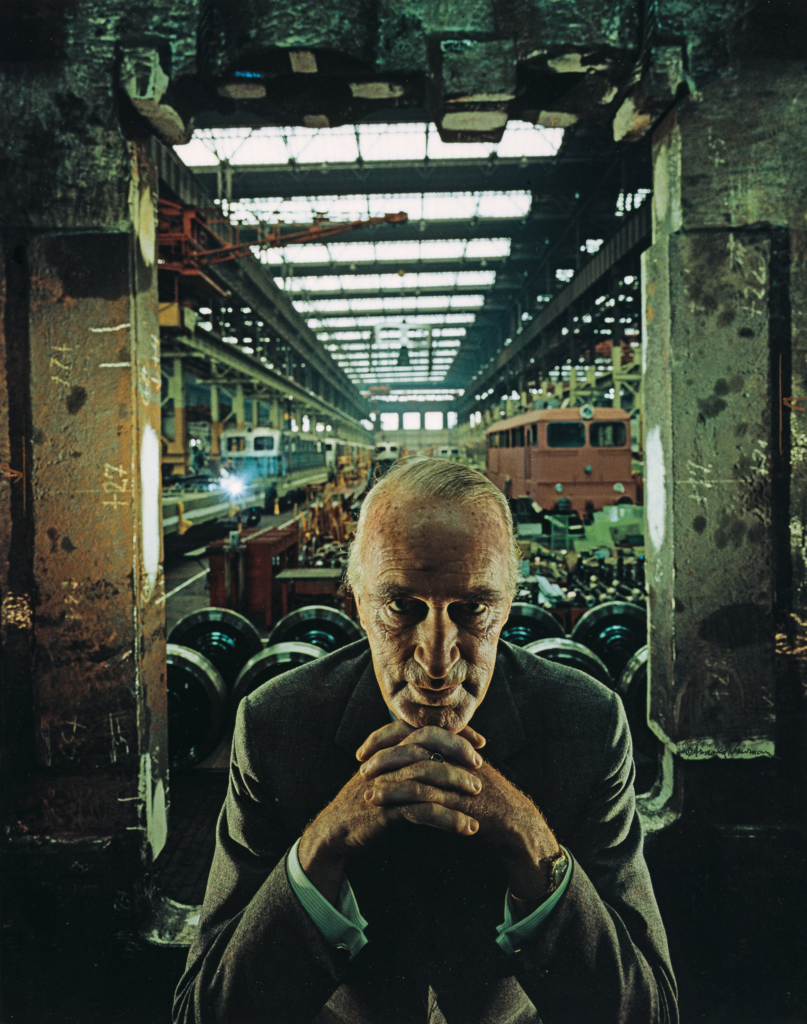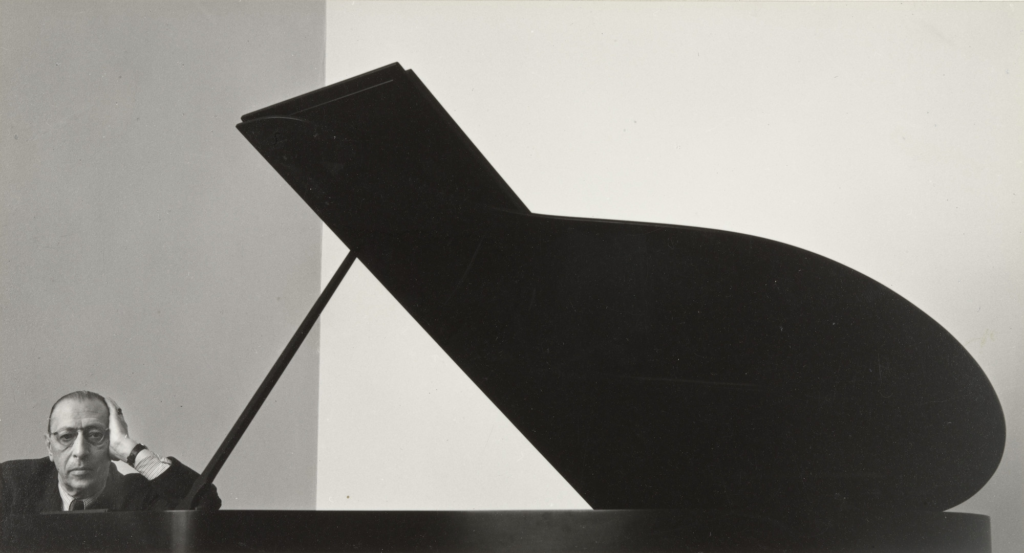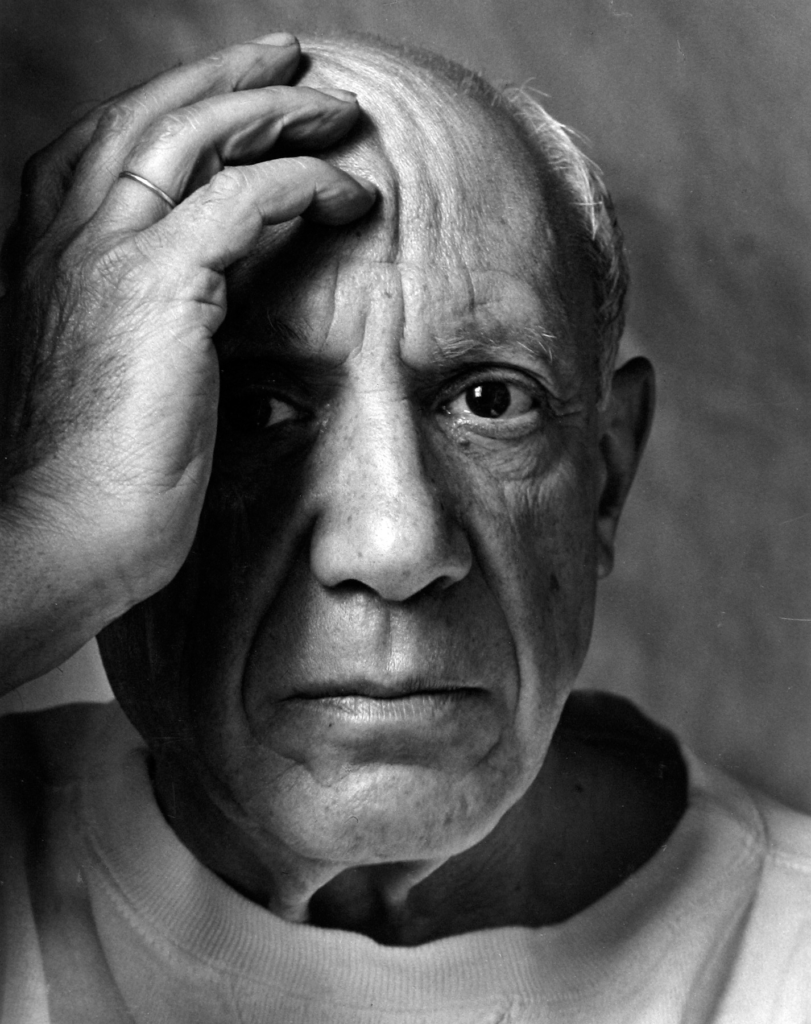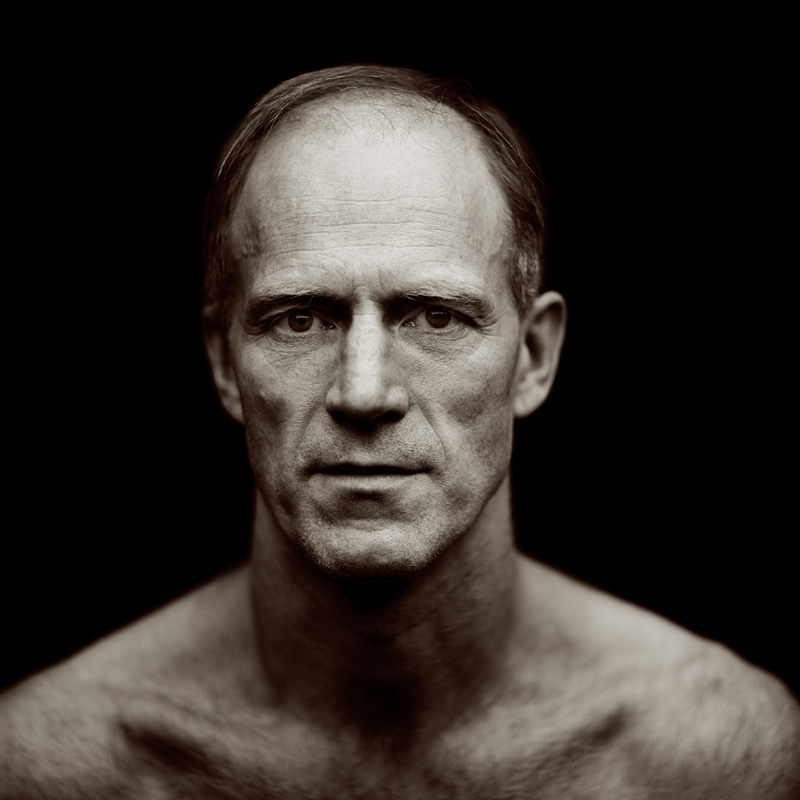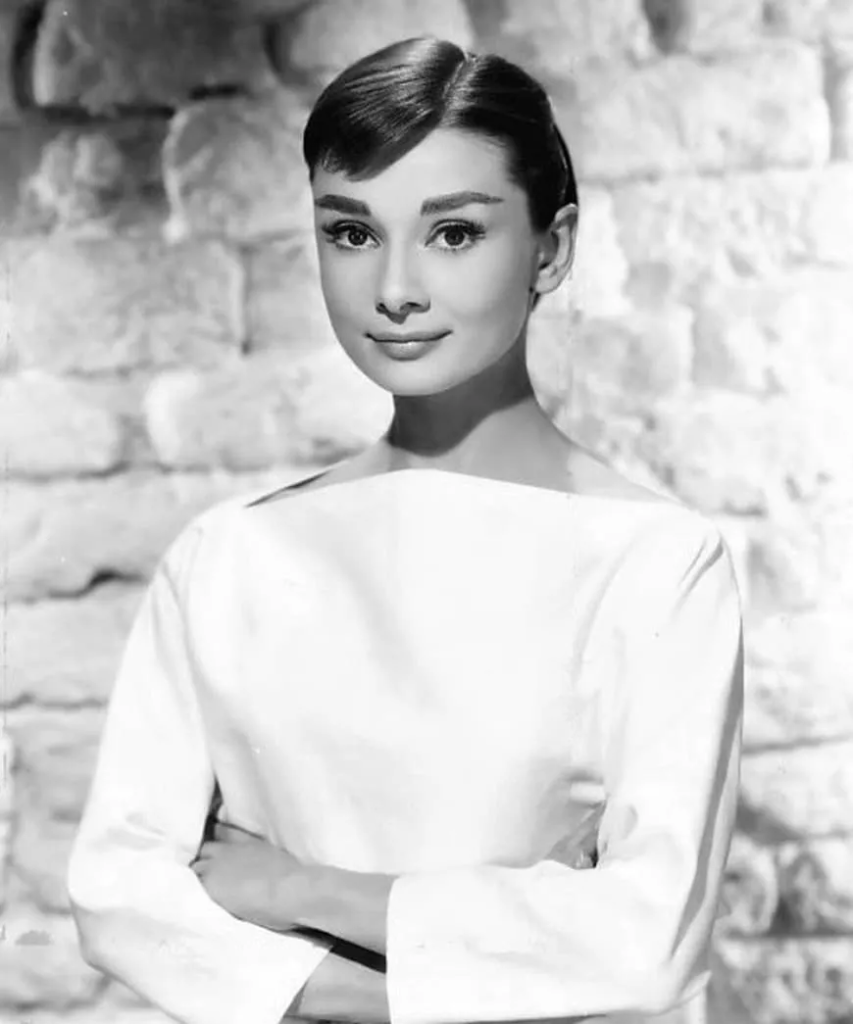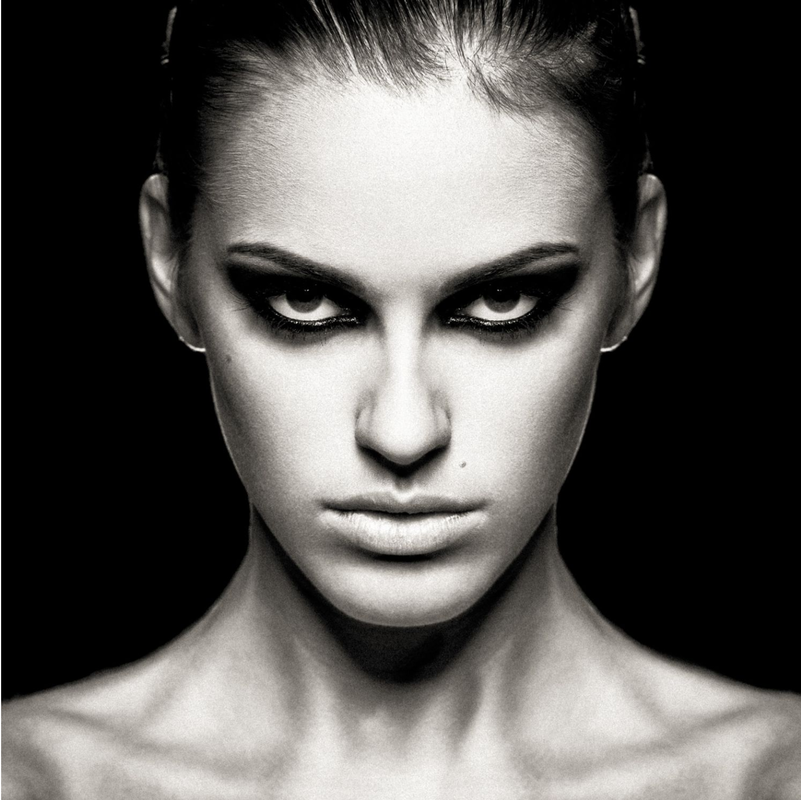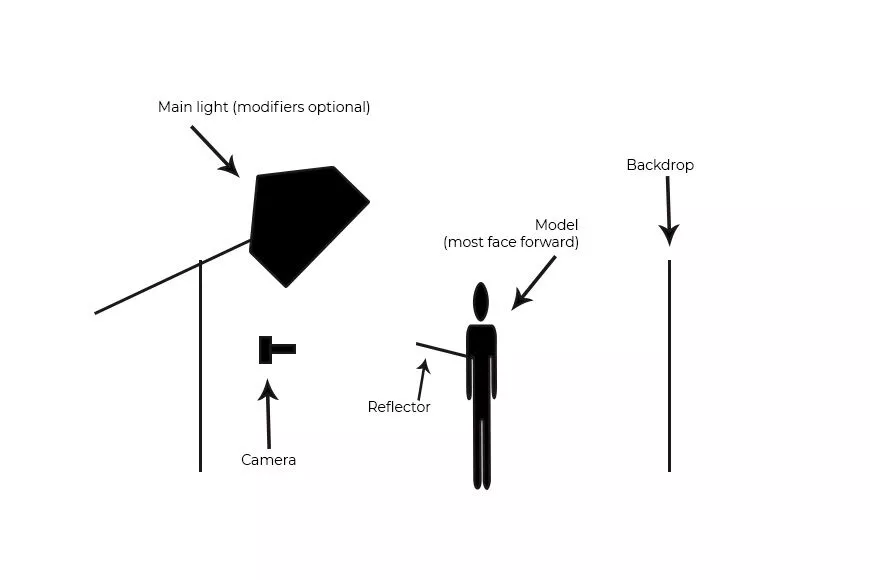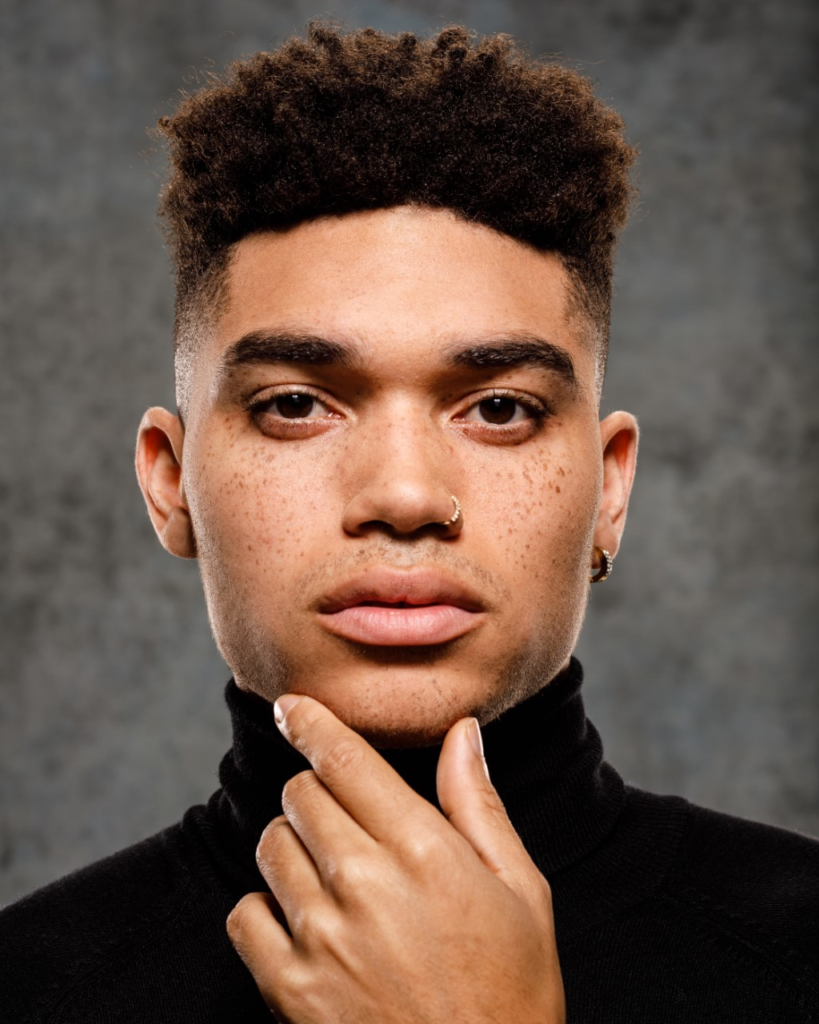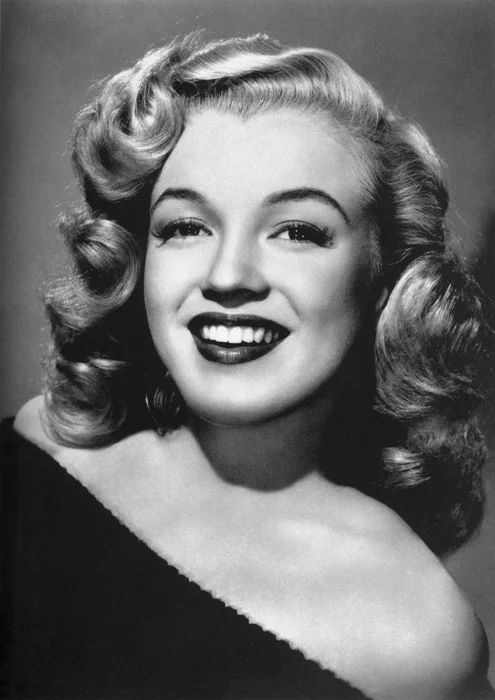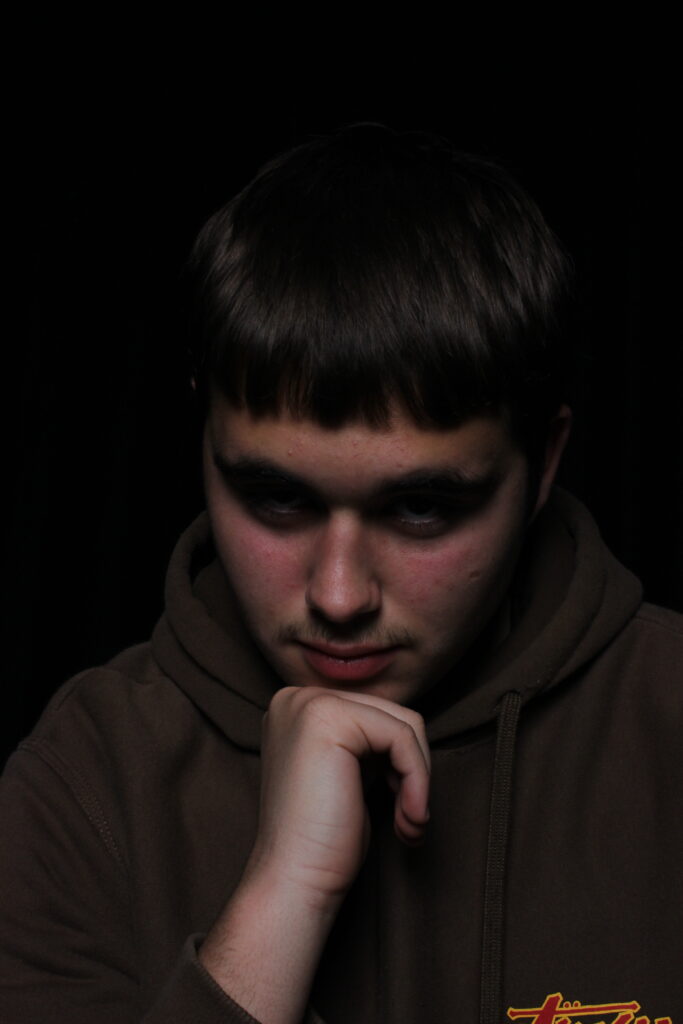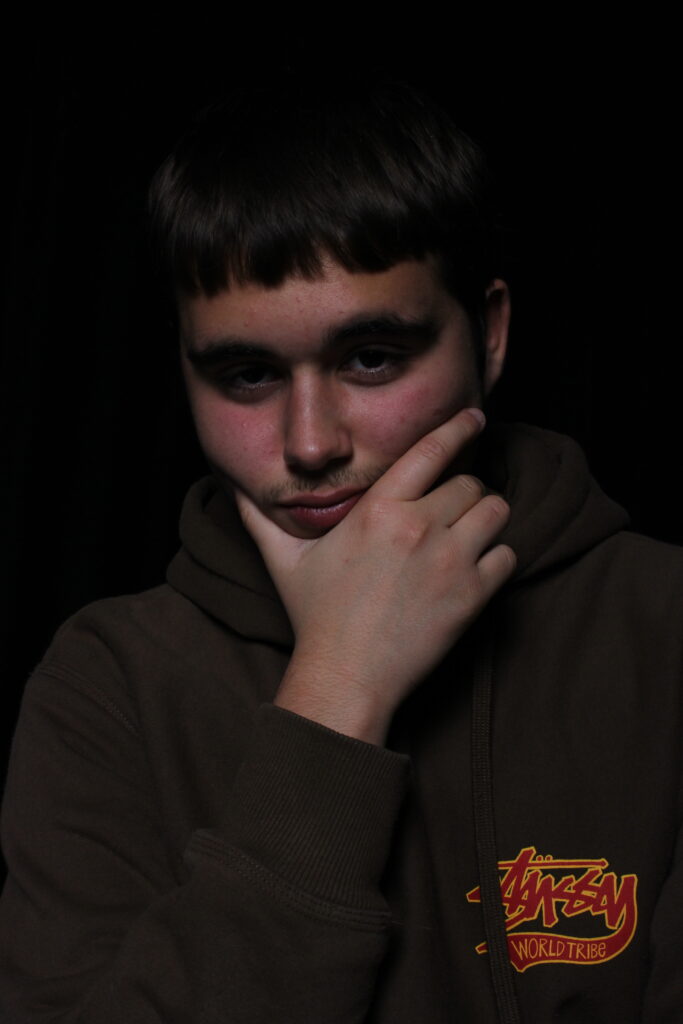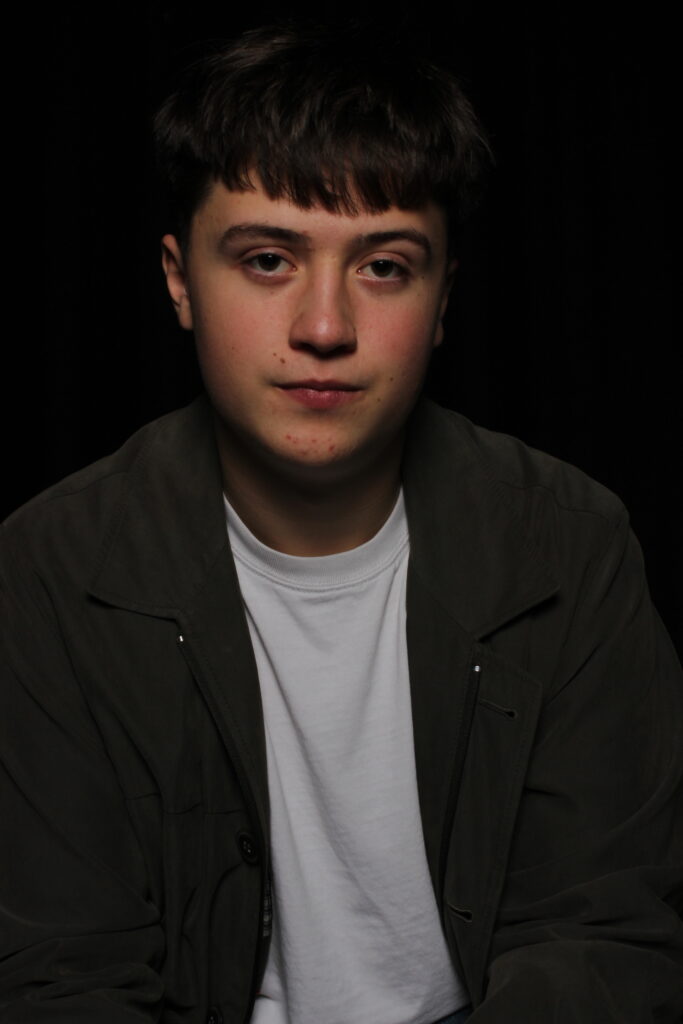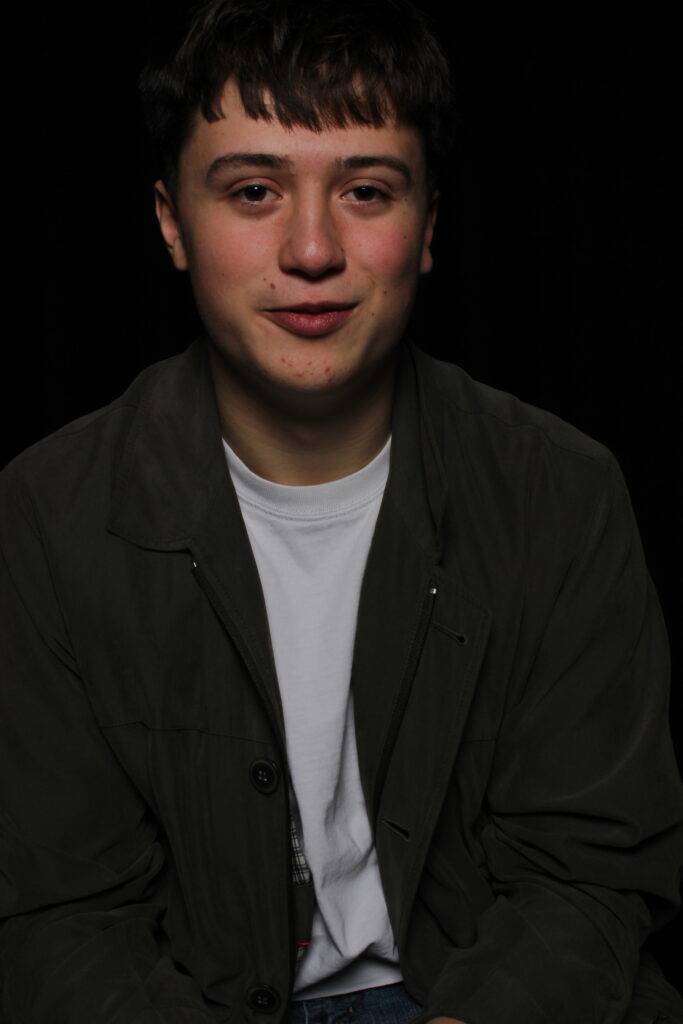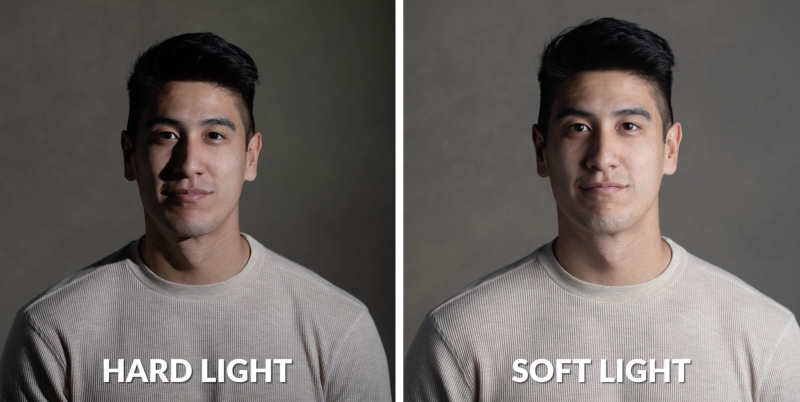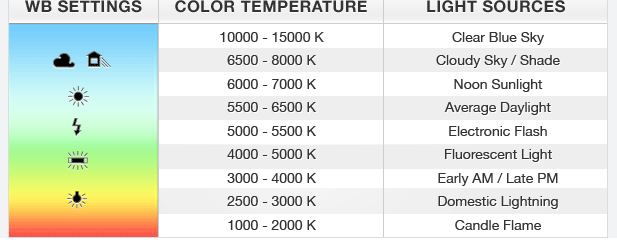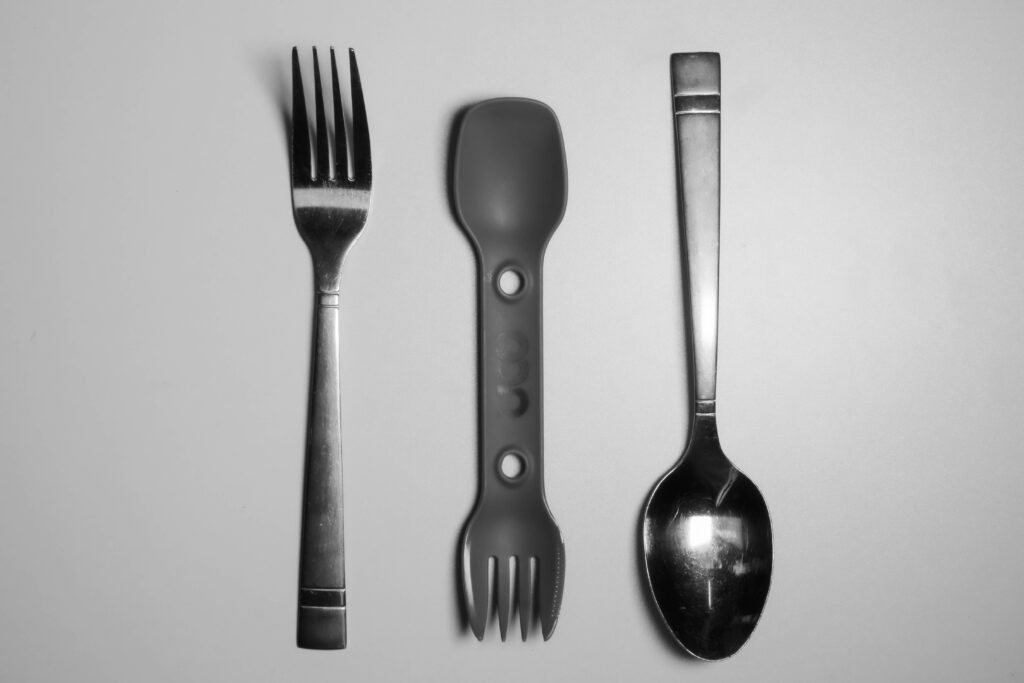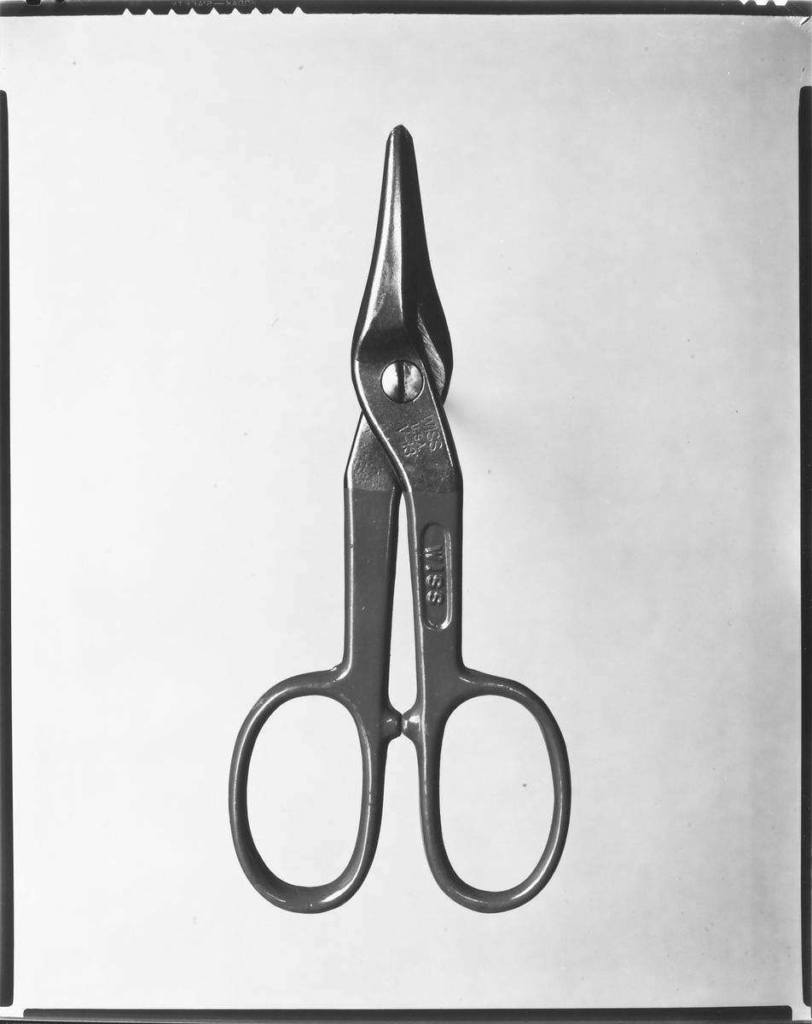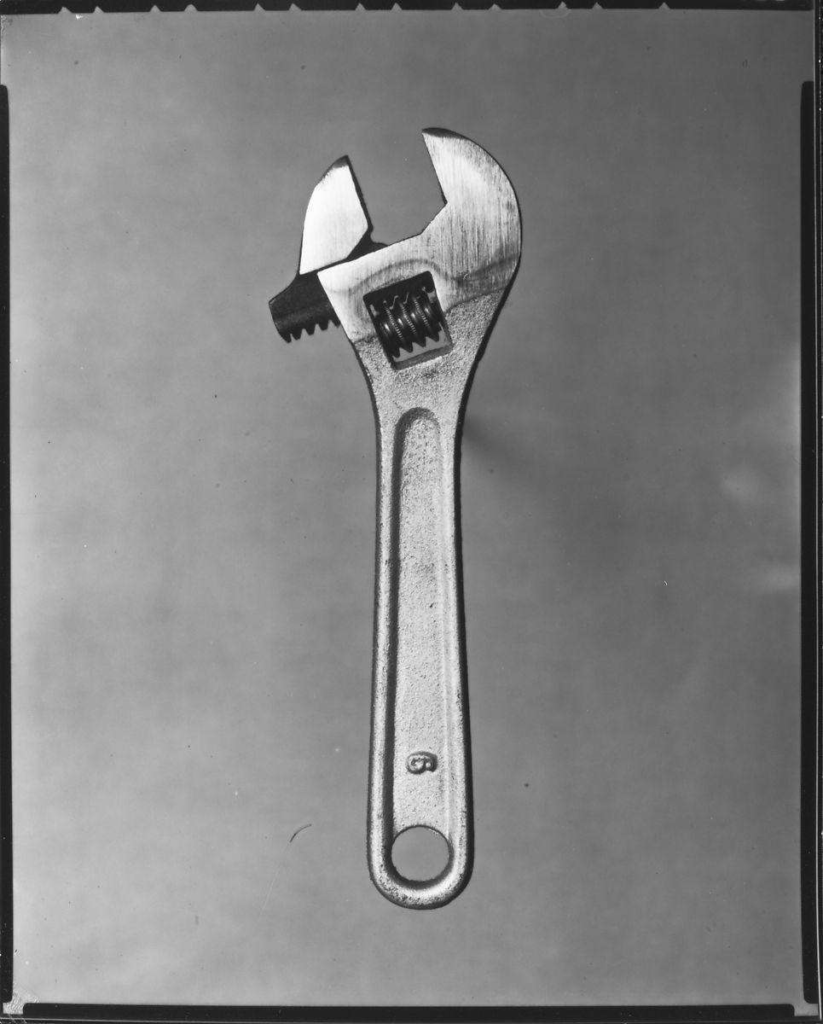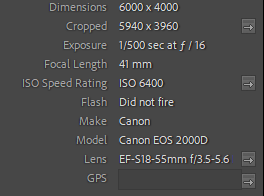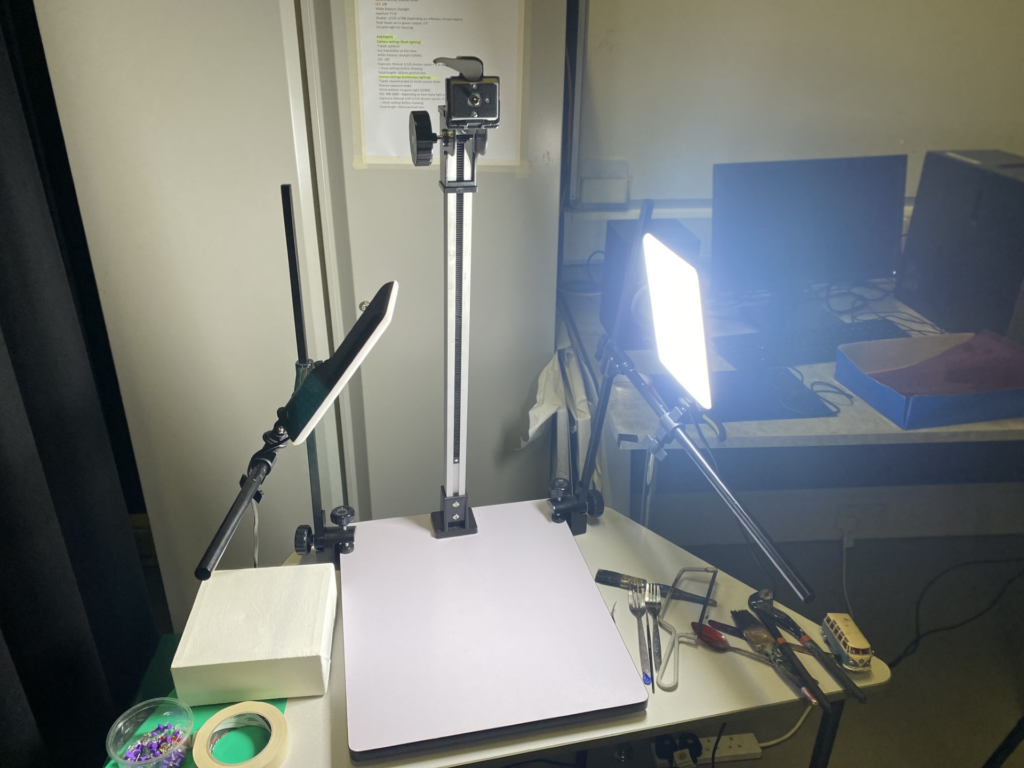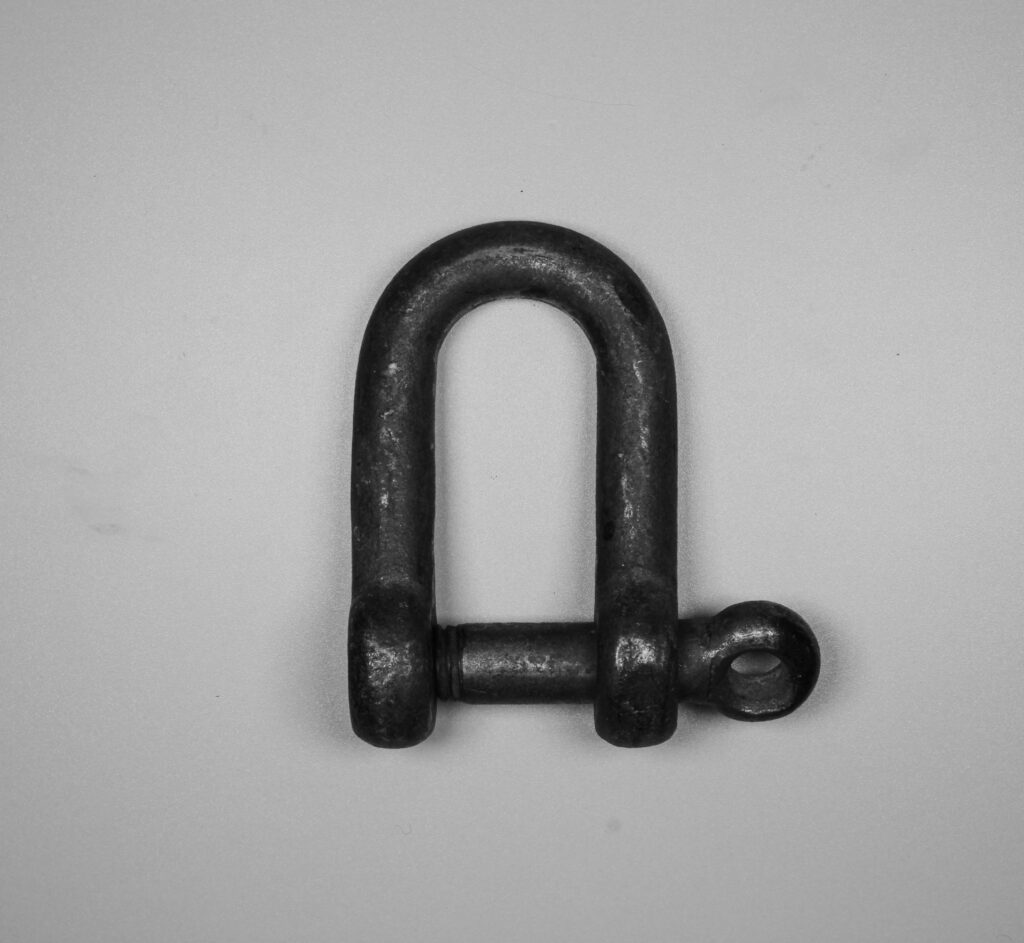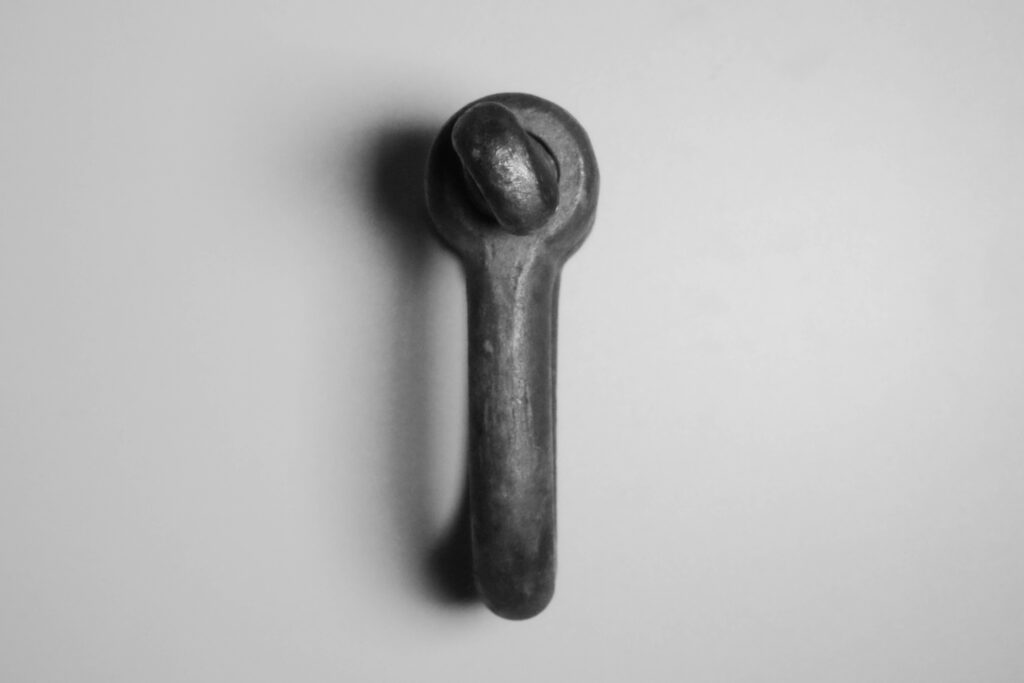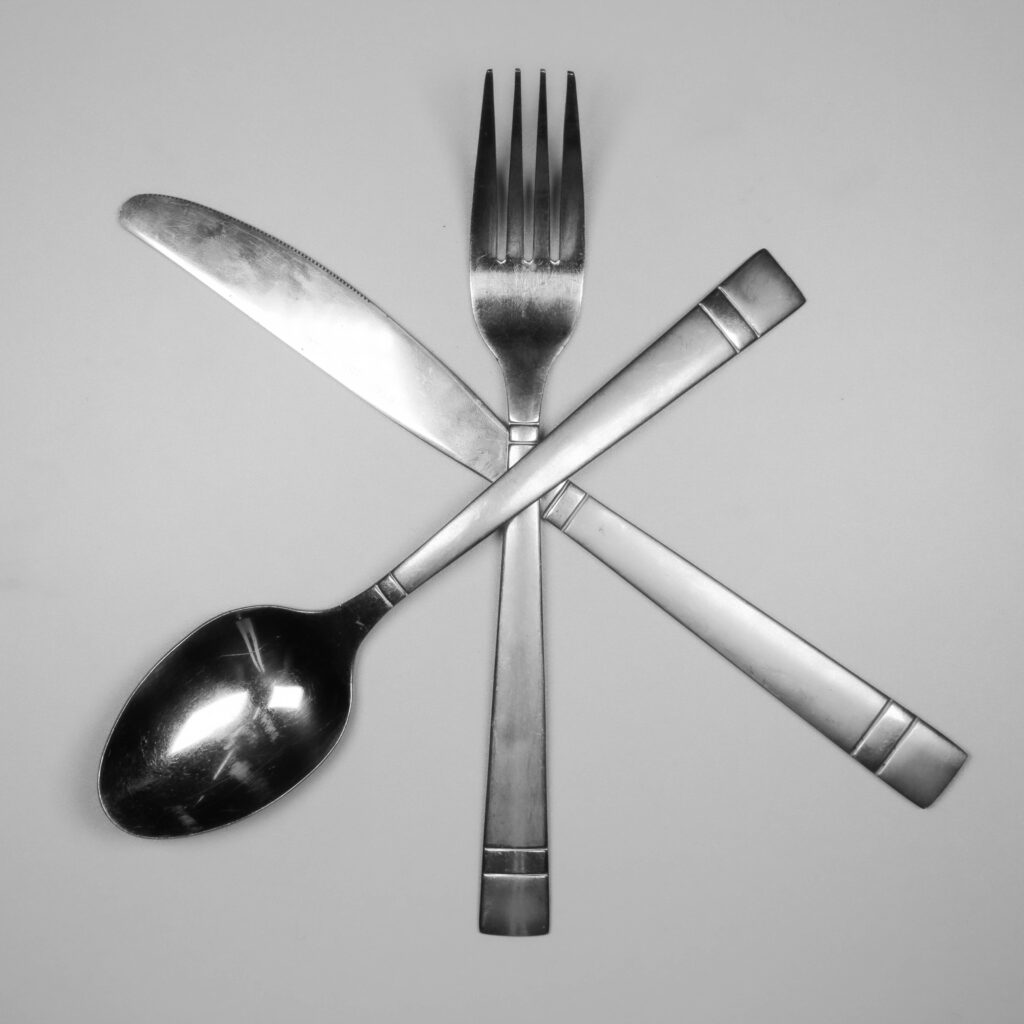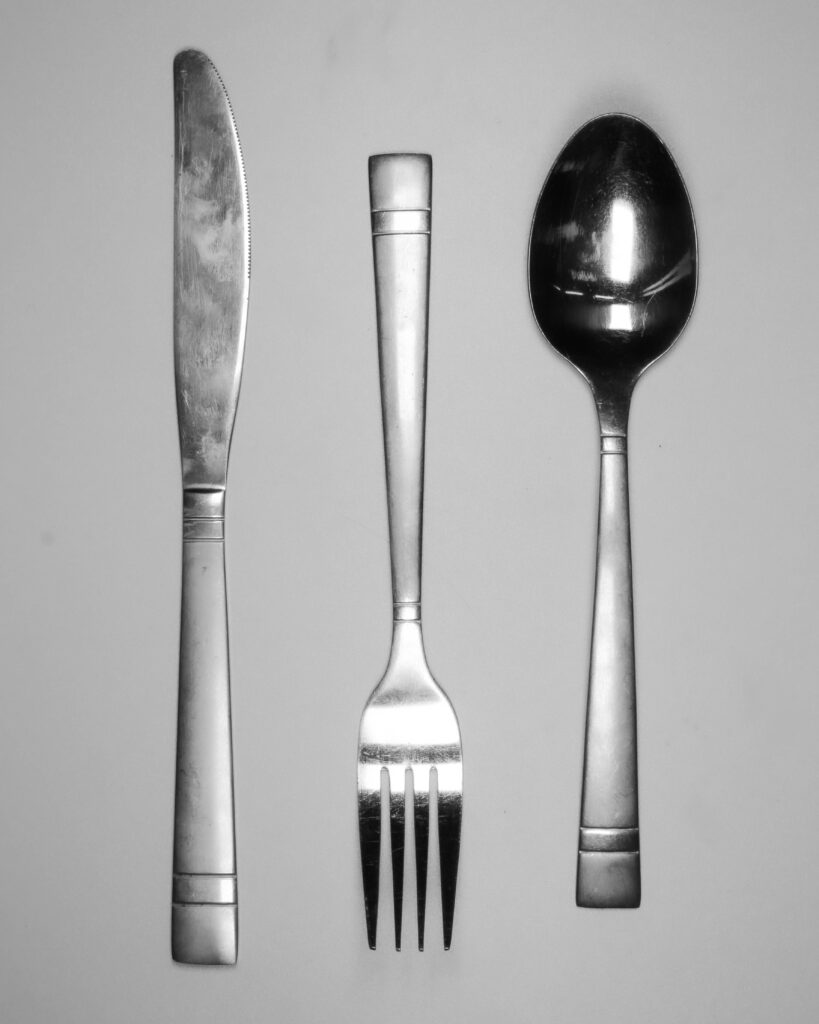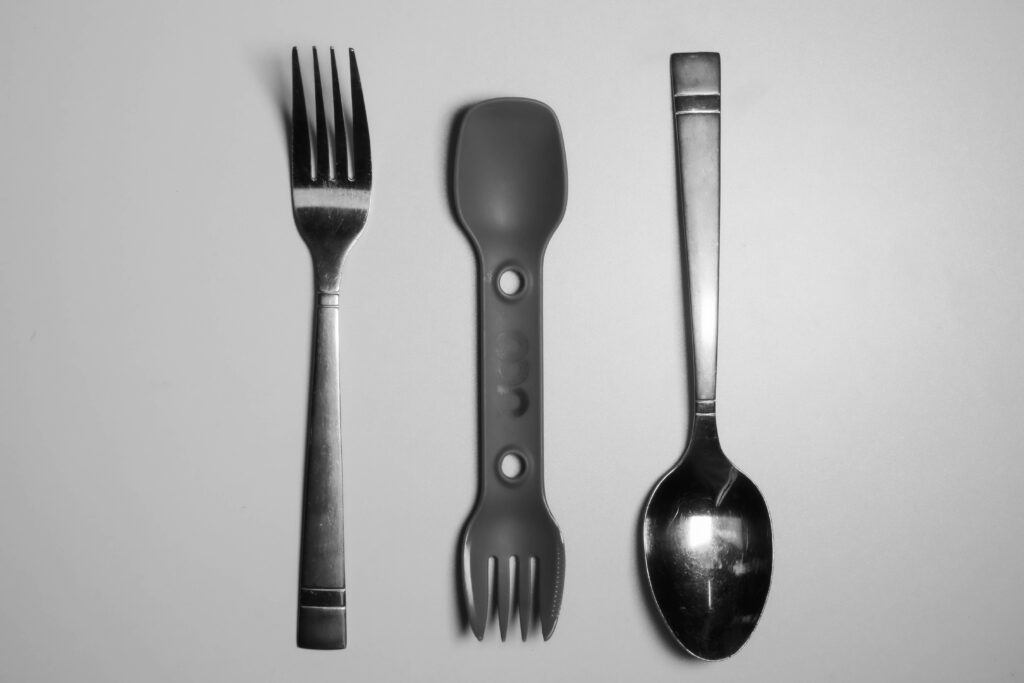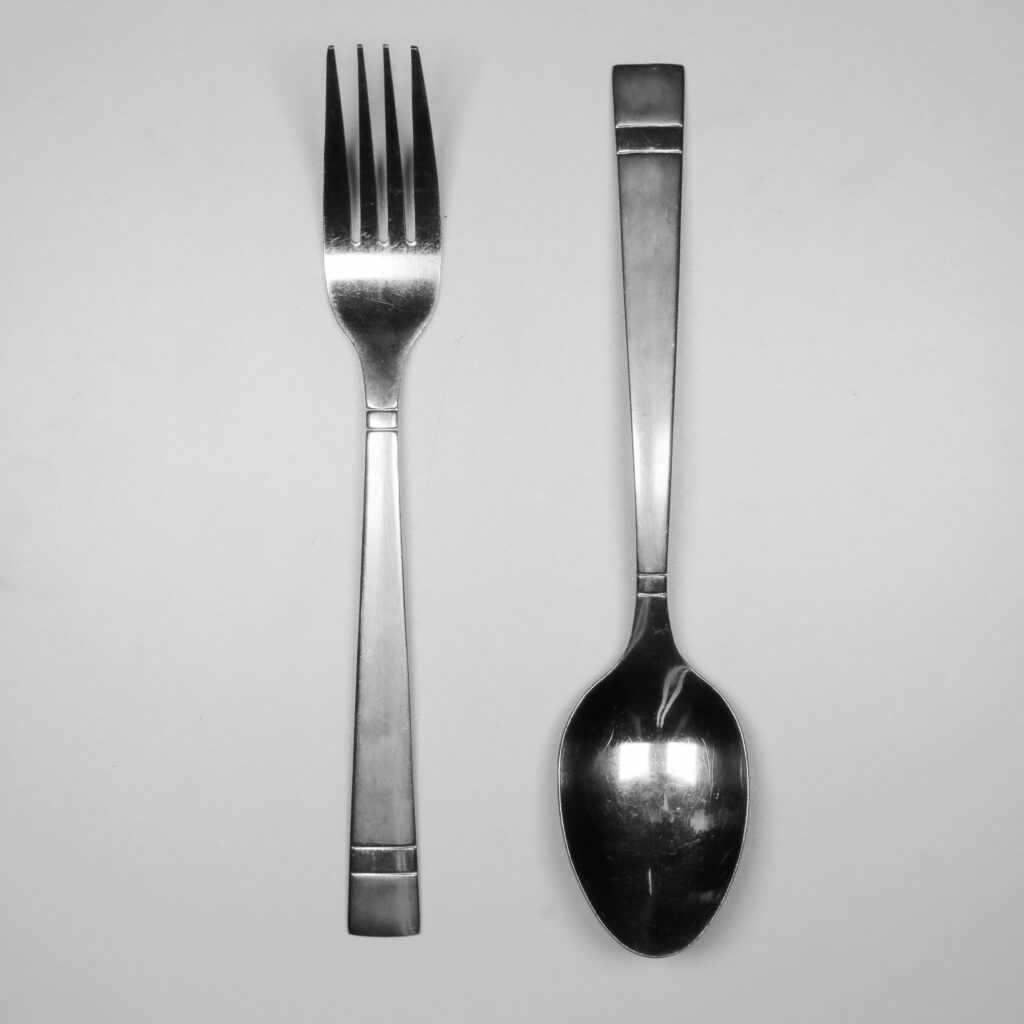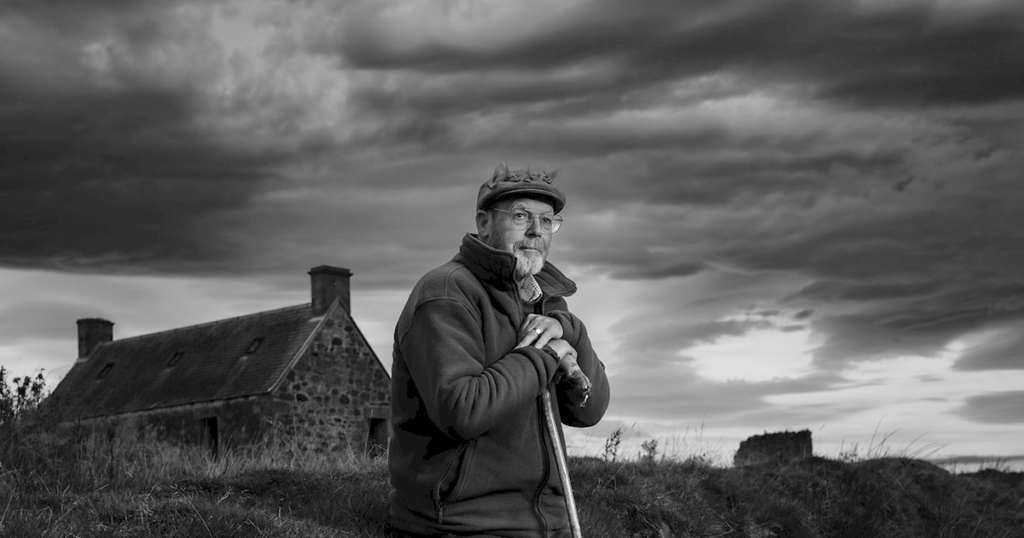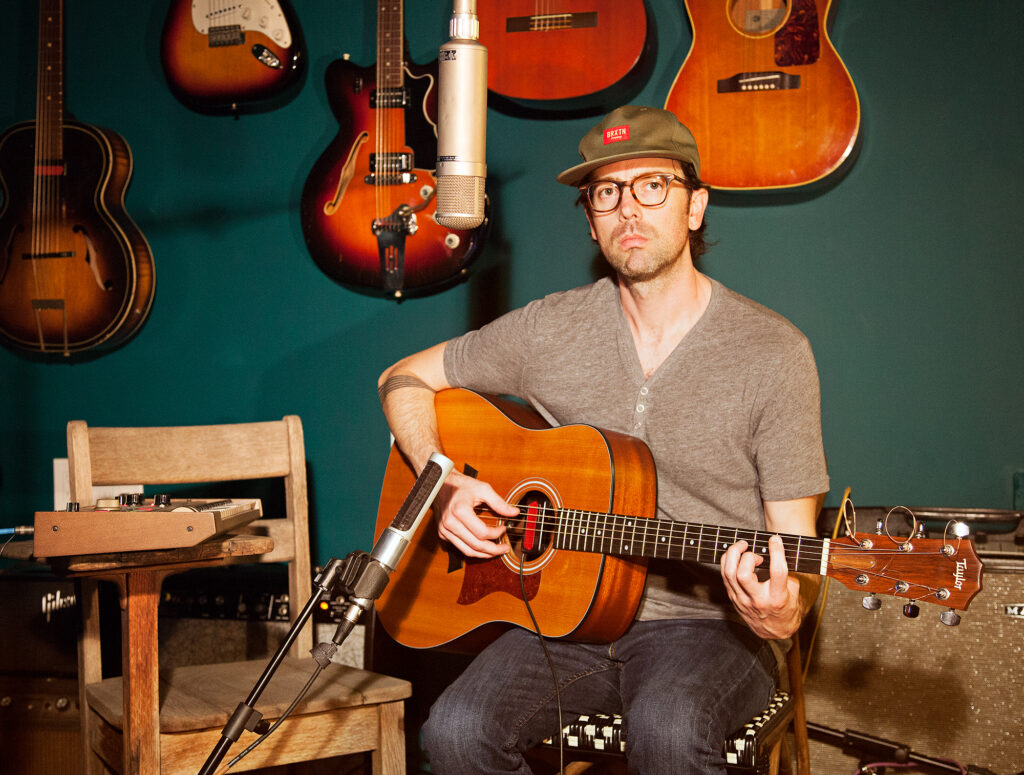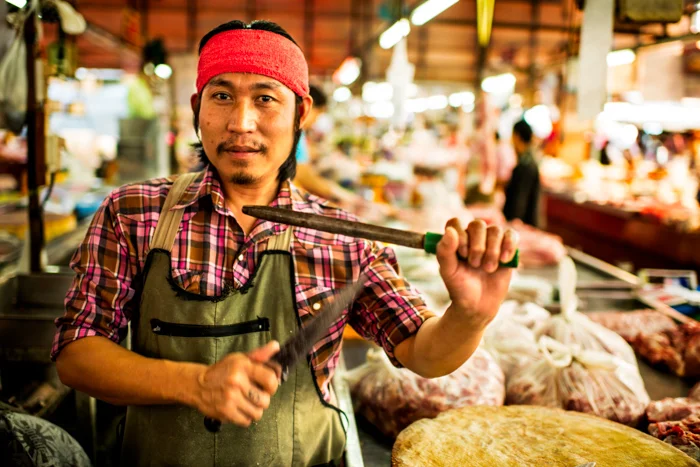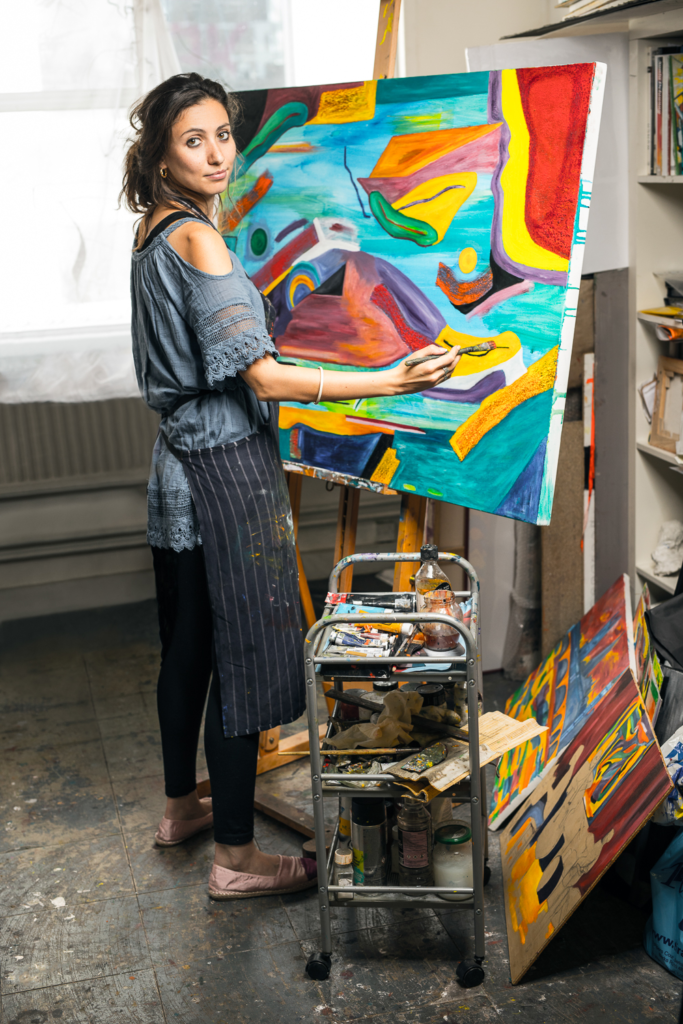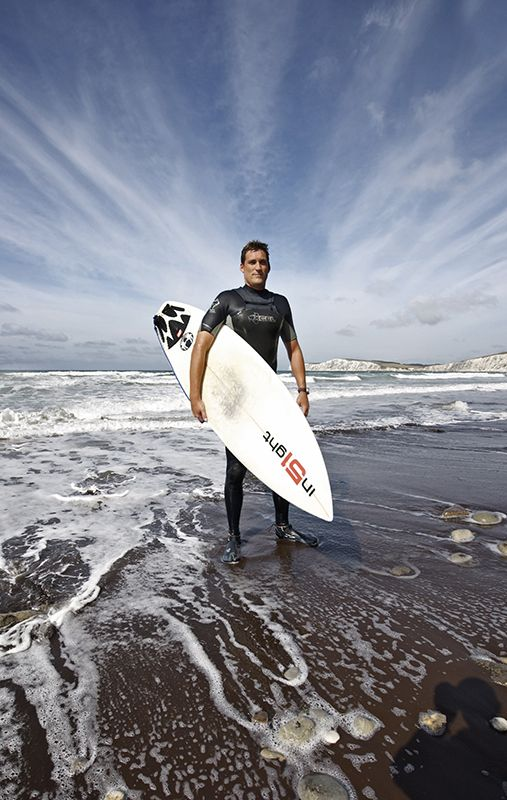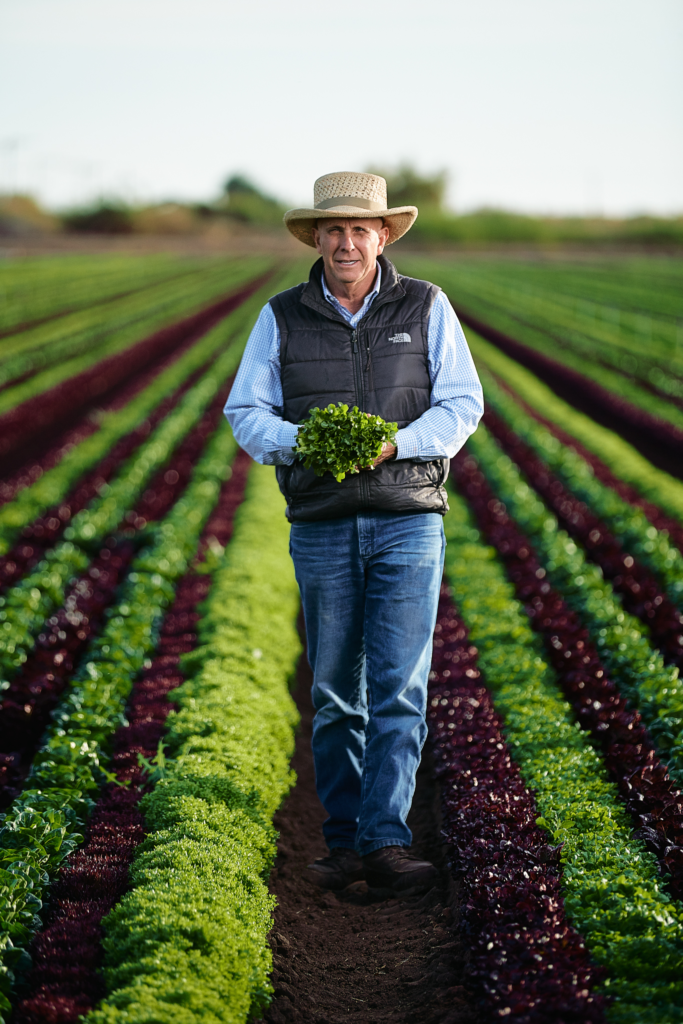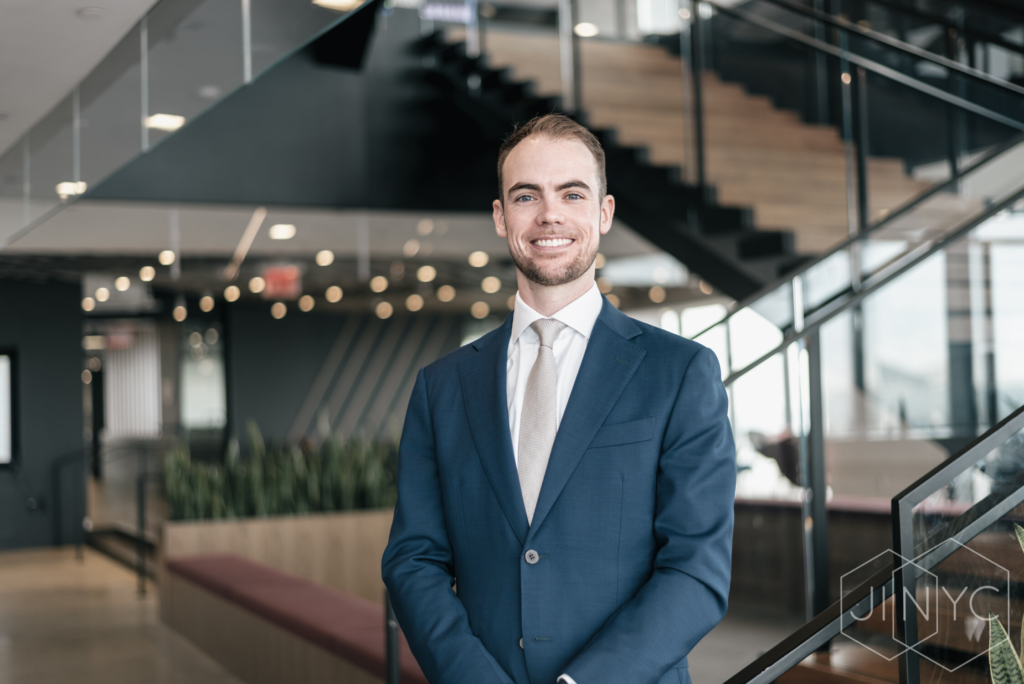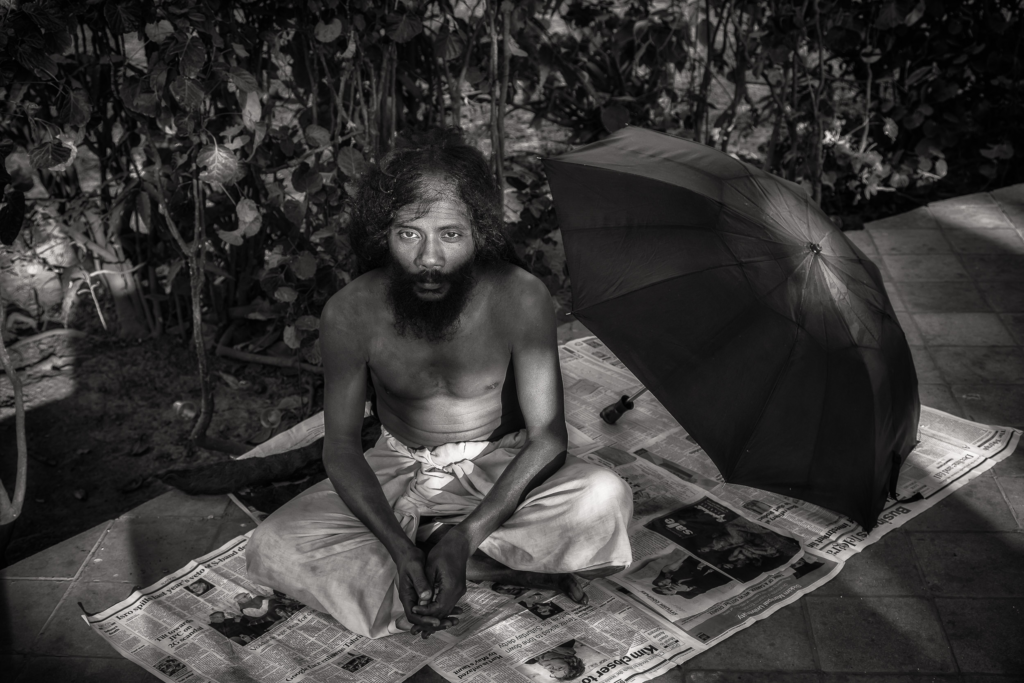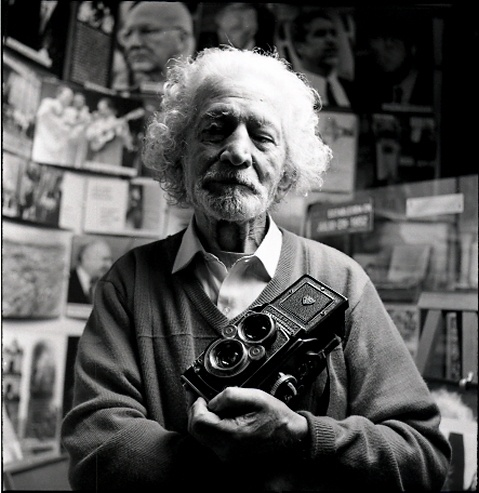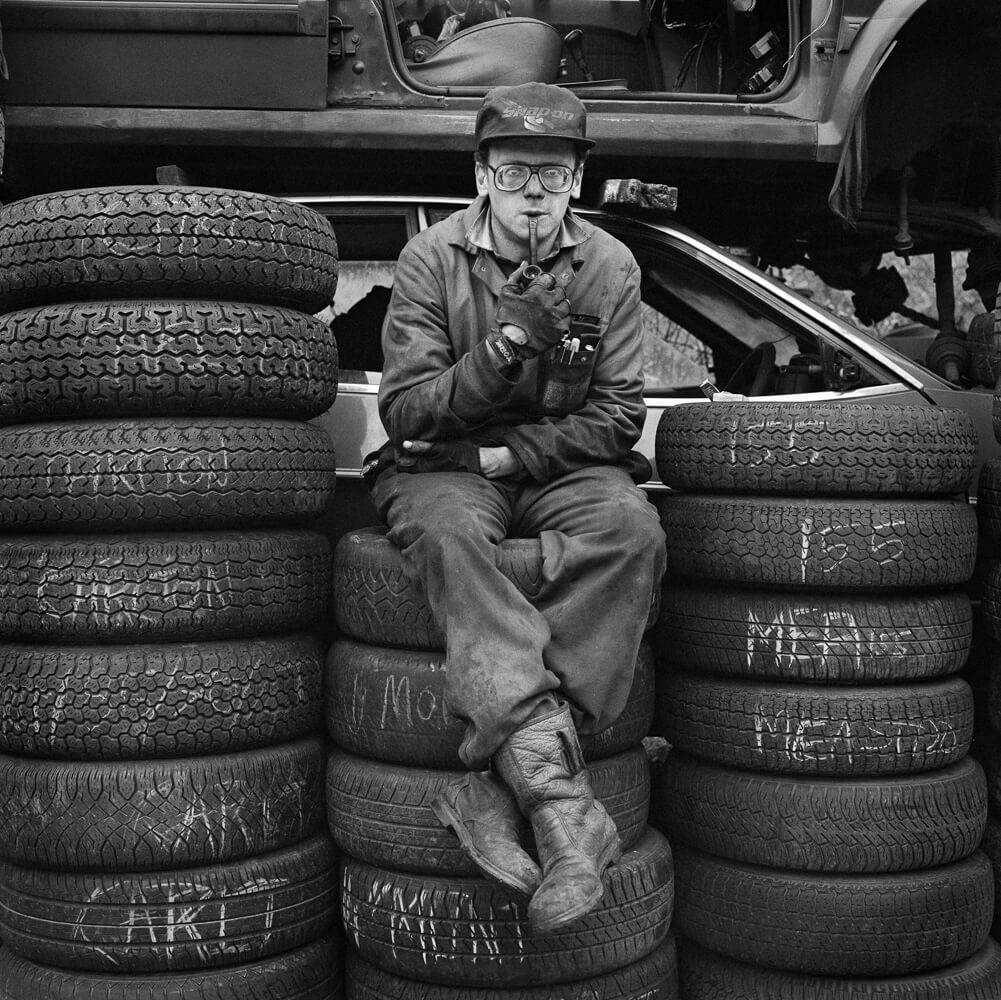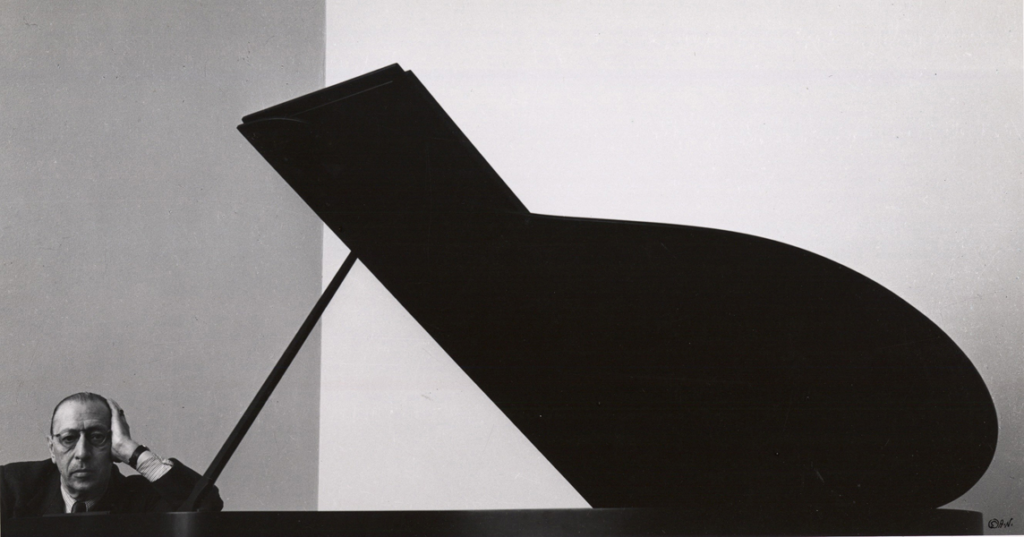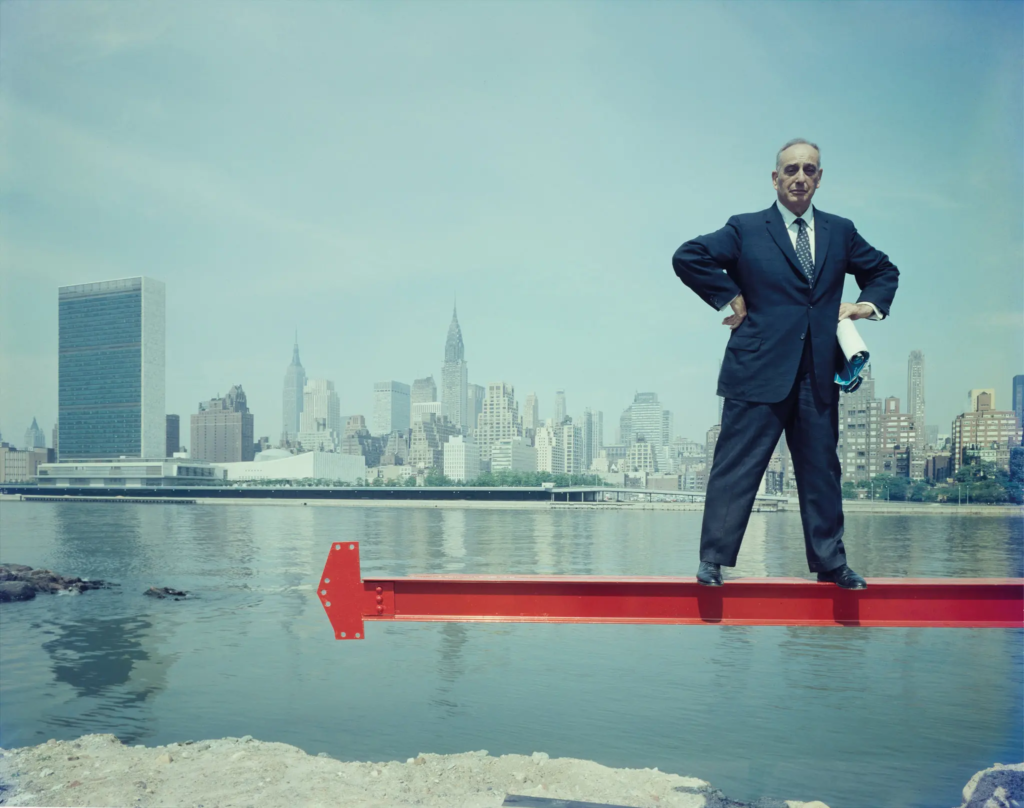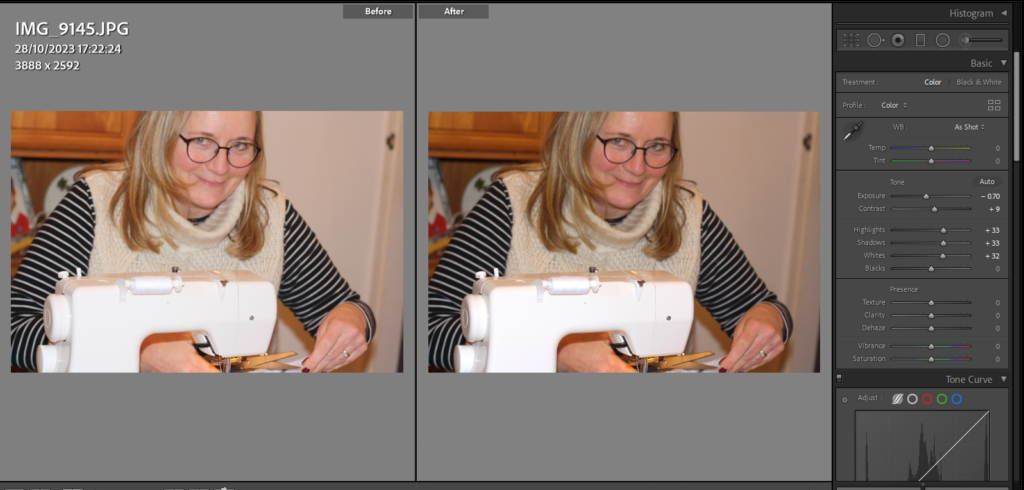Photoshoot:

These are all the photos I have chosen to edit, because they are my best photographs of environmental portraits. These are my best photos, because they have the most interesting environments and have the best composition. These are also my clearest and least blurry photographs, as the camera was focussed when taking them.
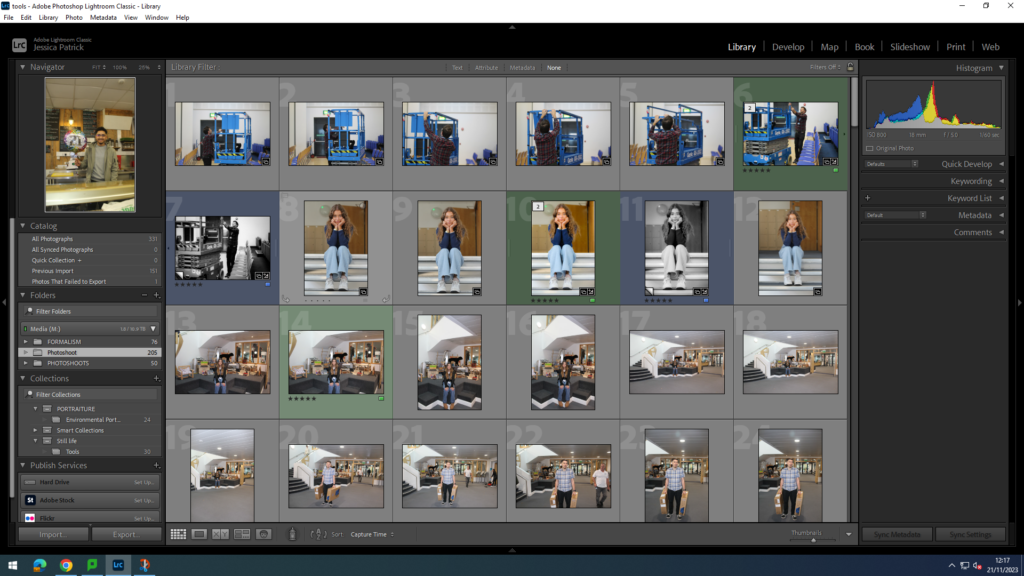
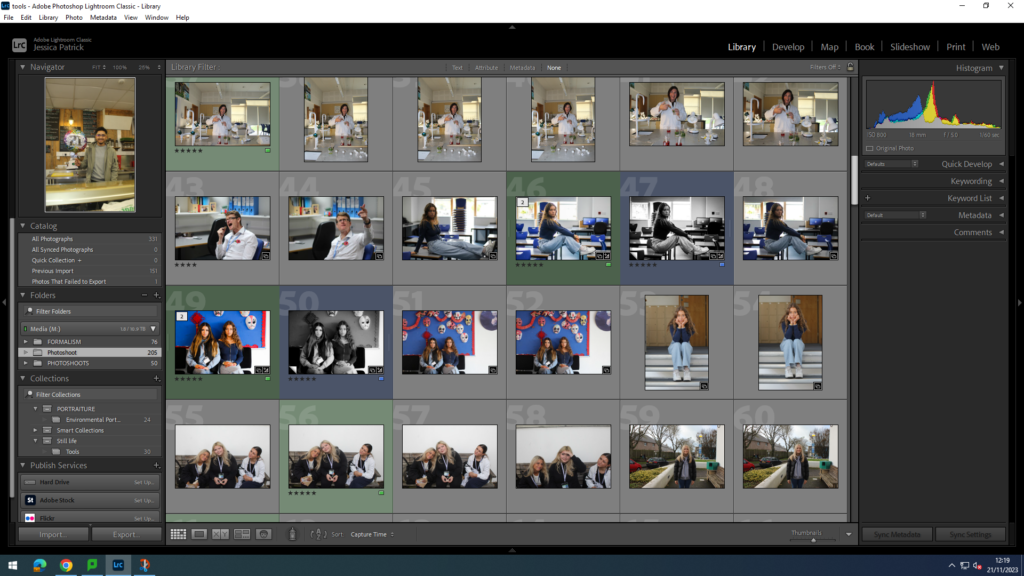
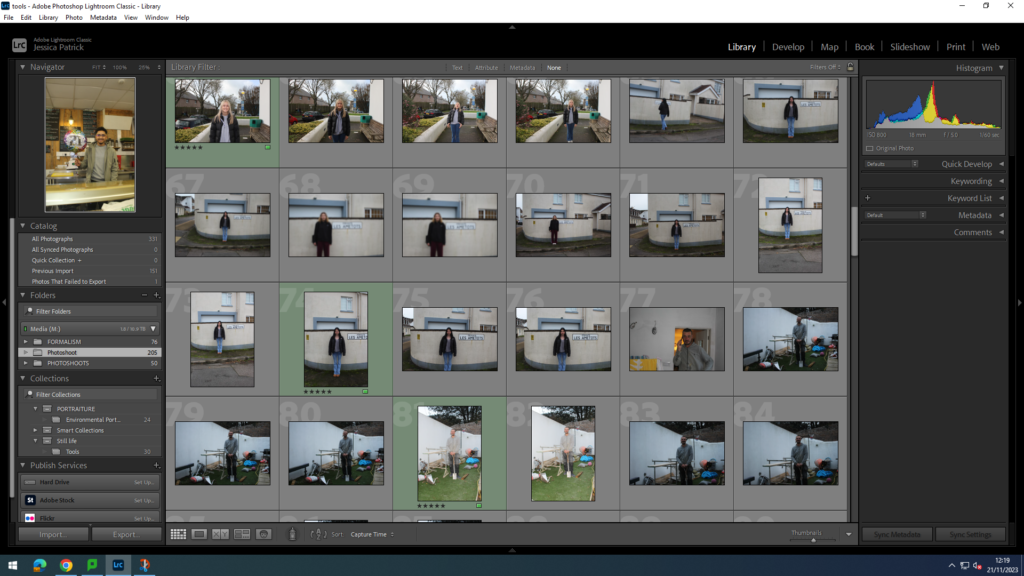
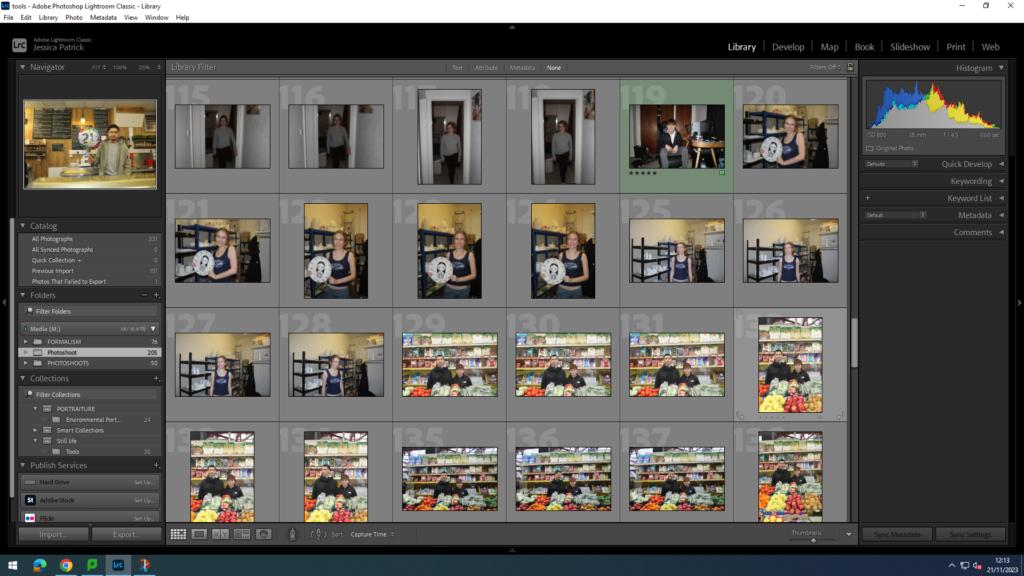
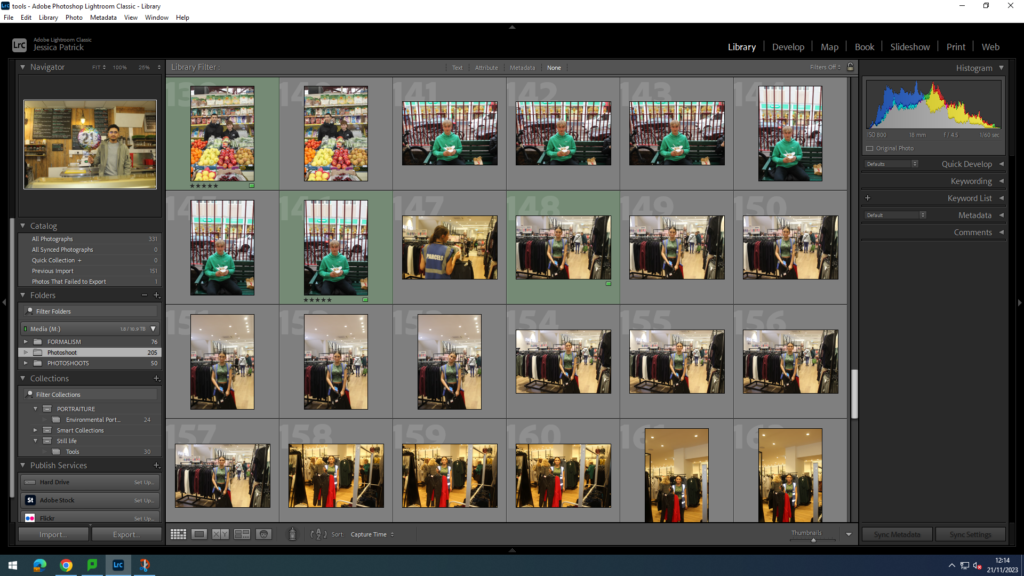

These are all the photographs I have taken for environmental portraits and the photos highlighted green are my best photos, which have been edited.
Edits
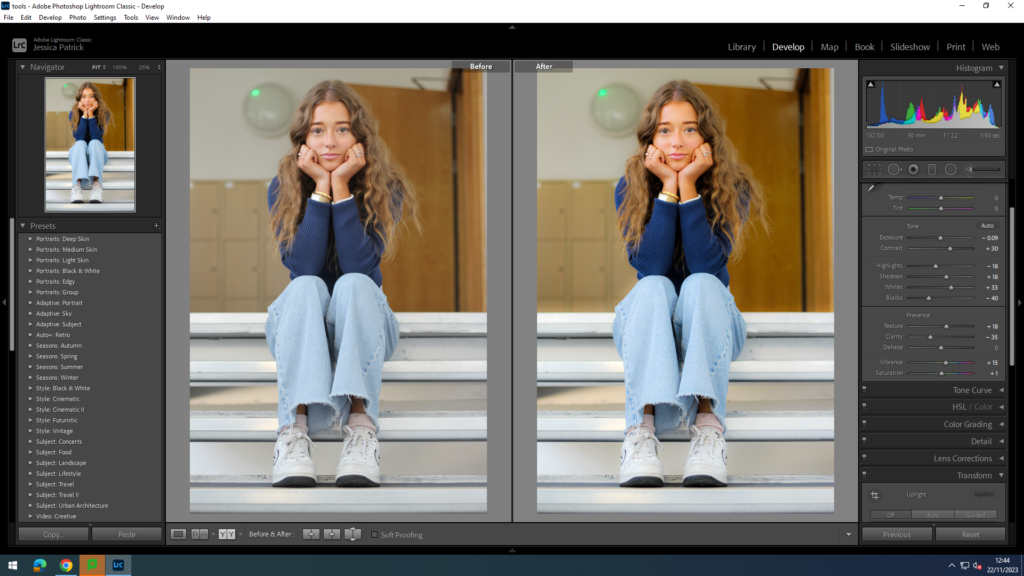
I edited this photo to make it more vibrant and to make the individual stand out more and be the main viewpoint of the photograph, by blurring the background. I edited this photo by increasing the contrast, shadows, whites and vibrancy, while decreasing the exposure, highlights, blacks, clarity and dehaze.
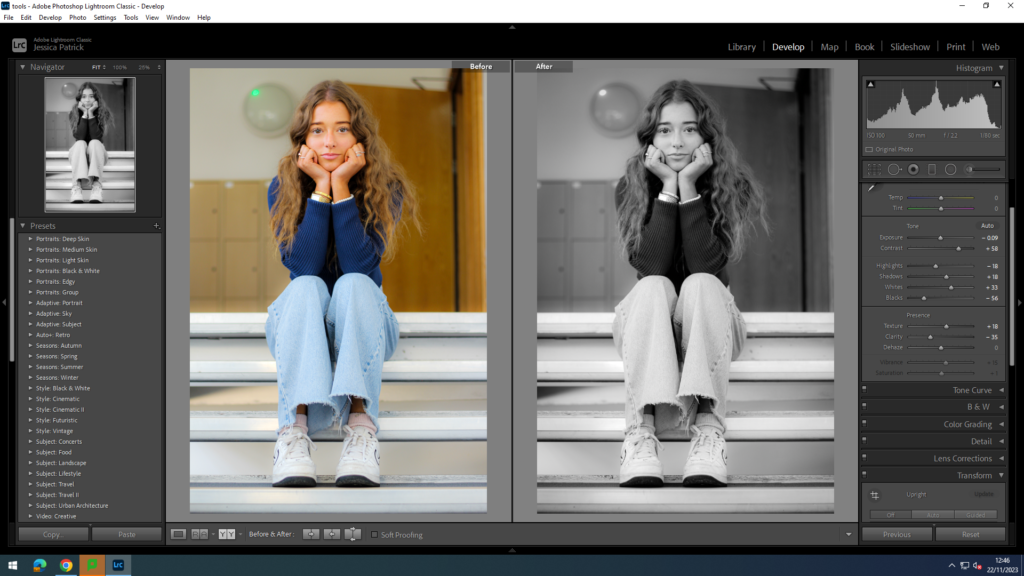
I also created a black and white version of this photograph, so it had more contrast and black and white tones.
I chose to edit this photo, because it has the best composition and the individual is using her hands to pose, which adds an element of her character into the photograph.
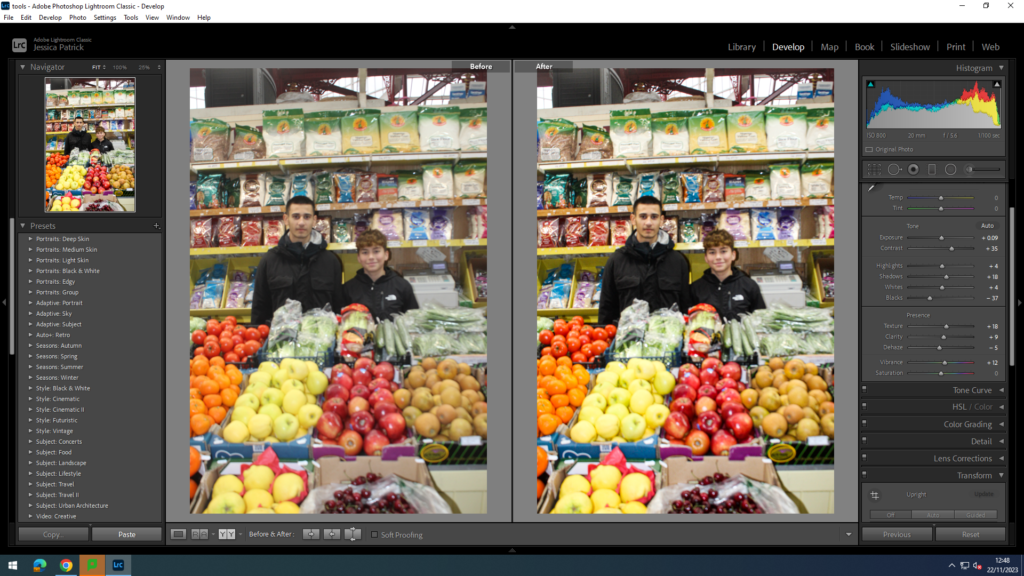
I edited this photo to make it more vibrant, so it attracts the viewers eye and makes the environment for this environmental portrait more interesting. I did this by increasing the contrast, shadows, texture, clarity and vibrancy, while also decreasing the blacks and the dehaze.
I chose this photograph, because it has an interesting environment, which we can learn a lot about the individual through.
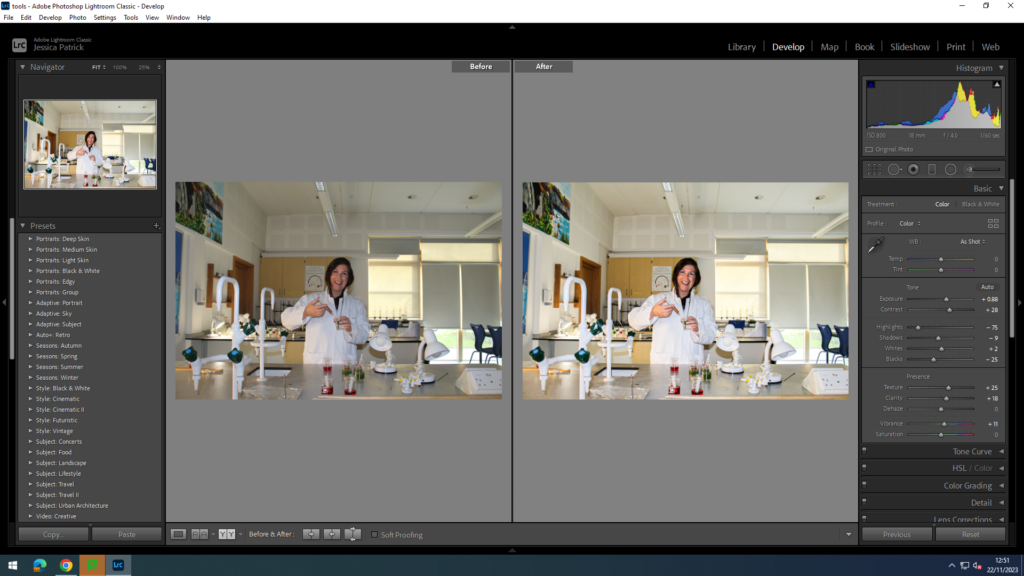
I edited this photograph, to make it brighter and more vibrant, by increasing the contrast, texture, clarity and vibrancy, while decreasing the highlights, shadows, whites and blacks.
I chose to edit this photo, because it has an interesting environment, which we can learn a lot about the individual through. We can also perceive from her pose and smile that this is her natural environment as she feels comfortable in it and is also happy in this environment.

I edited this photo to make it brighter and more vibrant, by increasing the exposure, contrast, highlights, texture and vibrancy, while decreasing the shadows, whites, blacks and clarity.
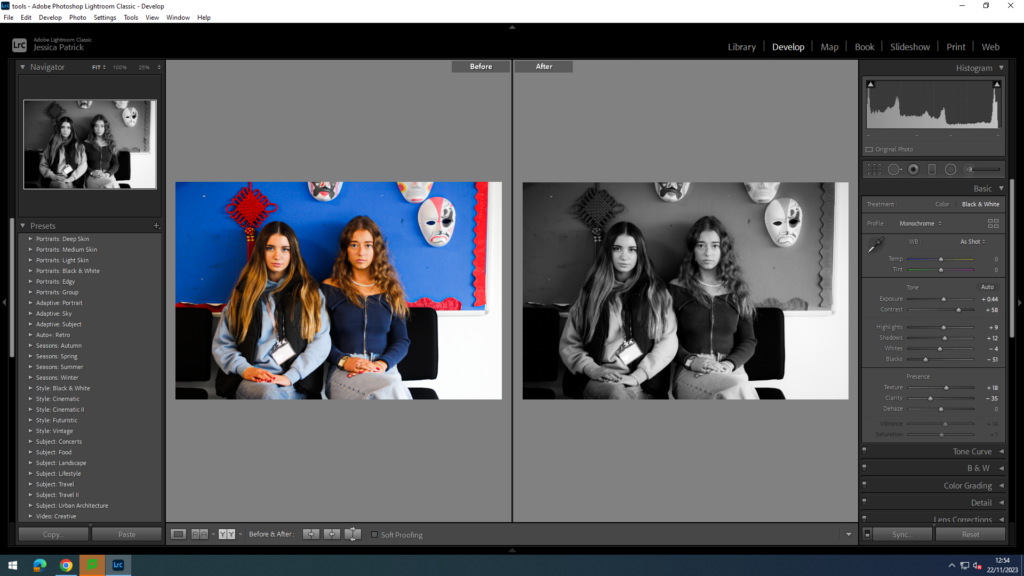
I also edited a black and white version of this, so that the two individuals would be the main viewpoint and focus of this photograph.
I chose to edit this photo, because I was experimenting with having more than one person in my environmental portraits. I also chose this photo, because the two individual used their hands to pose, with them on their laps, which presents to the viewer about their personality.
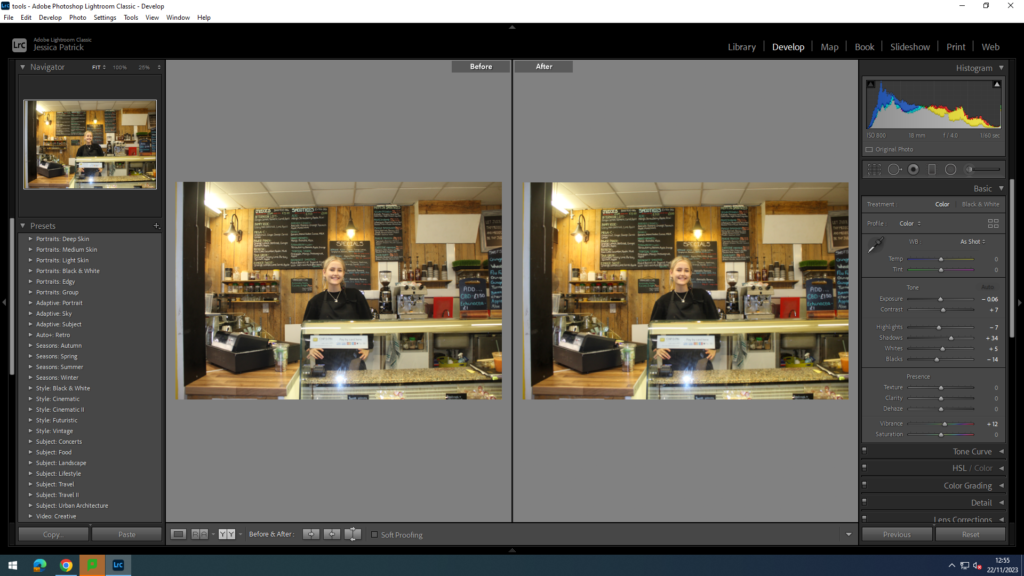
I edited this photo to give it a more warm lighting, so the photograph was more clear and in focus. I did this by increasing the contrast, shadows, whites and vibrancy, while also decreasing the exposure, highlights and blacks.
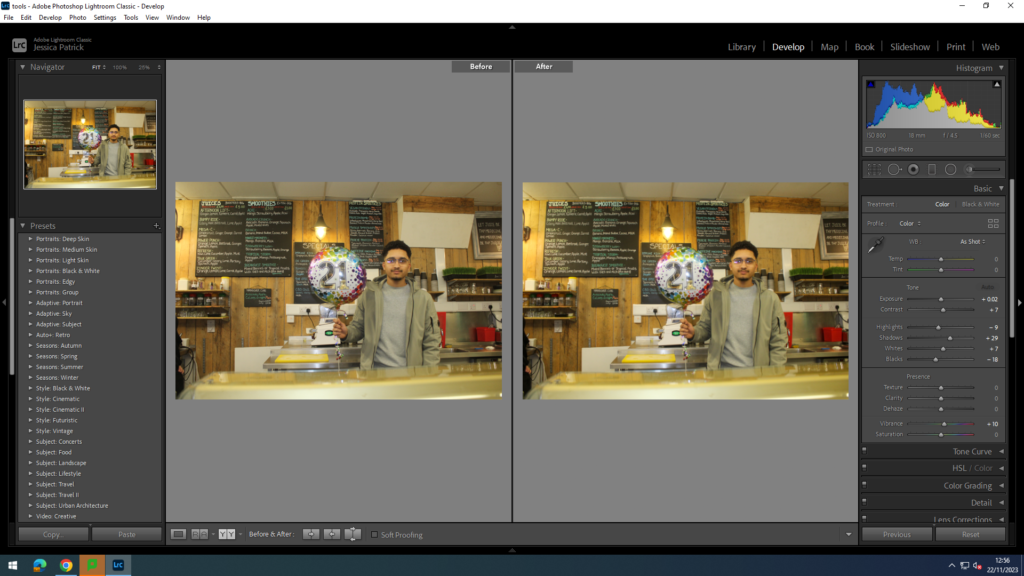
I edited this photo to also give it warmer lighting, so the photo and the individual were more clear. I did this by increasing the exposure, contrast, shadows, whites and vibrancy, while decreasing the highlights and blacks.
I chose both of these last two photographs to edit, because they had good composition and had an interesting environment. I also chose this last photo, because of the use of the prop, which shows that this individual is in this environment that much, that he even comes here on his birthday.
Conclusion
In conclusion, I think this photoshoot went well, as I experimented with taking environmental portraits of one person, or with more than one person. I also experimented with different poses using the individuals hands and I experimented with props. I also experimented with editing black and white pictures.

